At the end of my trip through Morocco, I booked a hotel room in Casablanca for two nights. I actually knew I wouldn’t spend the second night in the hotel, since I had a very late (or very early, depending on how you look at it) flight, so I preferred to have a room available until the late evening when I was supposed to head to the airport.
That meant I had one late afternoon and practically the entire following day for sightseeing in Casablanca. That was enough for me, although I would’ve happily enjoyed staying longer. By now, I had already gotten used to the country, the people, and the customs, so I could enjoy what Casablanca had to offer much more relaxed than at the beginning, which had started off quite stressfully (I was on the verge of catching a cold, my luggage didn’t arrive with me, etc.). Moreover, now I felt somehow delighted and light, because everything (at least around the hotel) was quite familiar to me and I felt “at home.”
In any case, upon arriving in Casablanca from Safi and after leaving my things in the hotel room, I went outside and headed for the medina. On the way, I treated myself to a glass of freshly squeezed orange juice.
As I walked through the medina, I found my way around easily and I also bought a few little things as gifts for the loved ones. Still, the main goal was a relaxed walk.
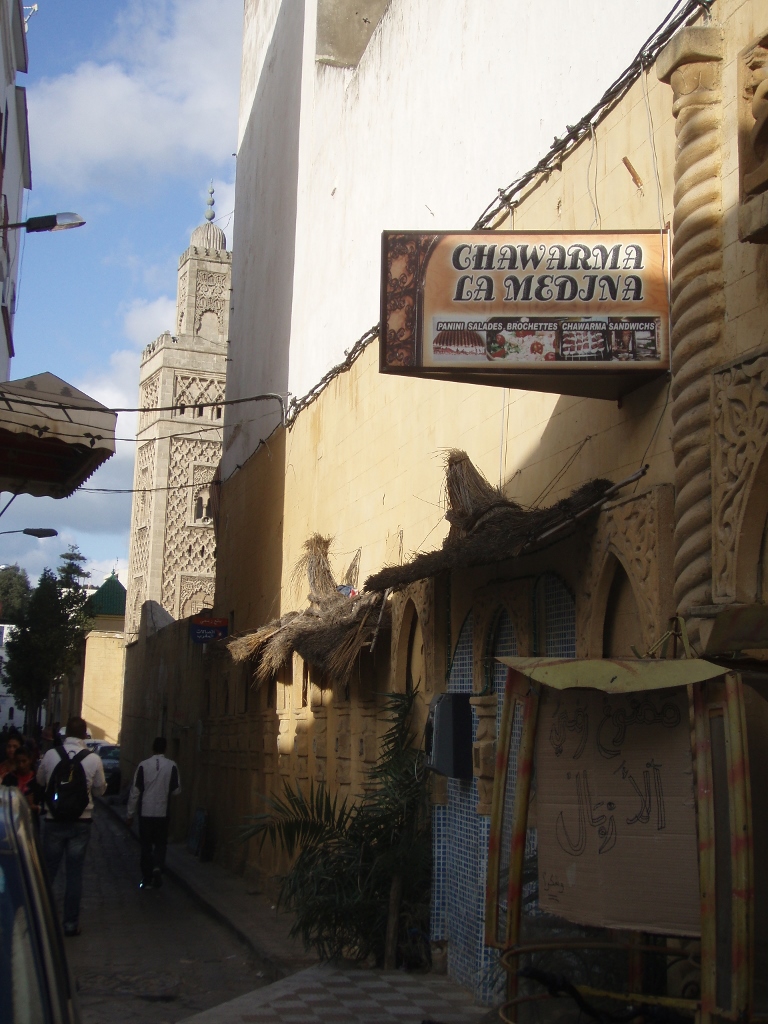 Casablanca, a detail
Casablanca, a detail
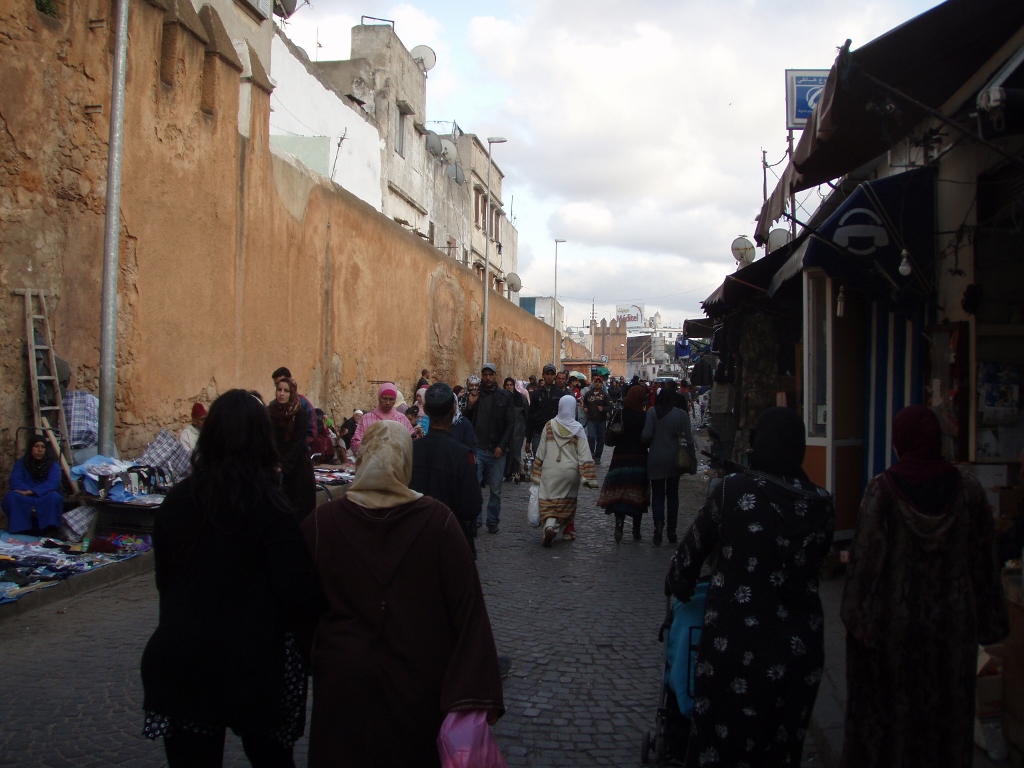 Casablanca, a detail
Casablanca, a detail
 Casablanca, a detail
Casablanca, a detail
A bit later, I left the medina, and it should be said that Casablanca is quite a modern city with some very beautiful areas, although the medina and its souqs can certainly be much more picturesque and interesting to visit. On the other hand, I now regret not exploring and photographing more of the modern parts of Casablanca.
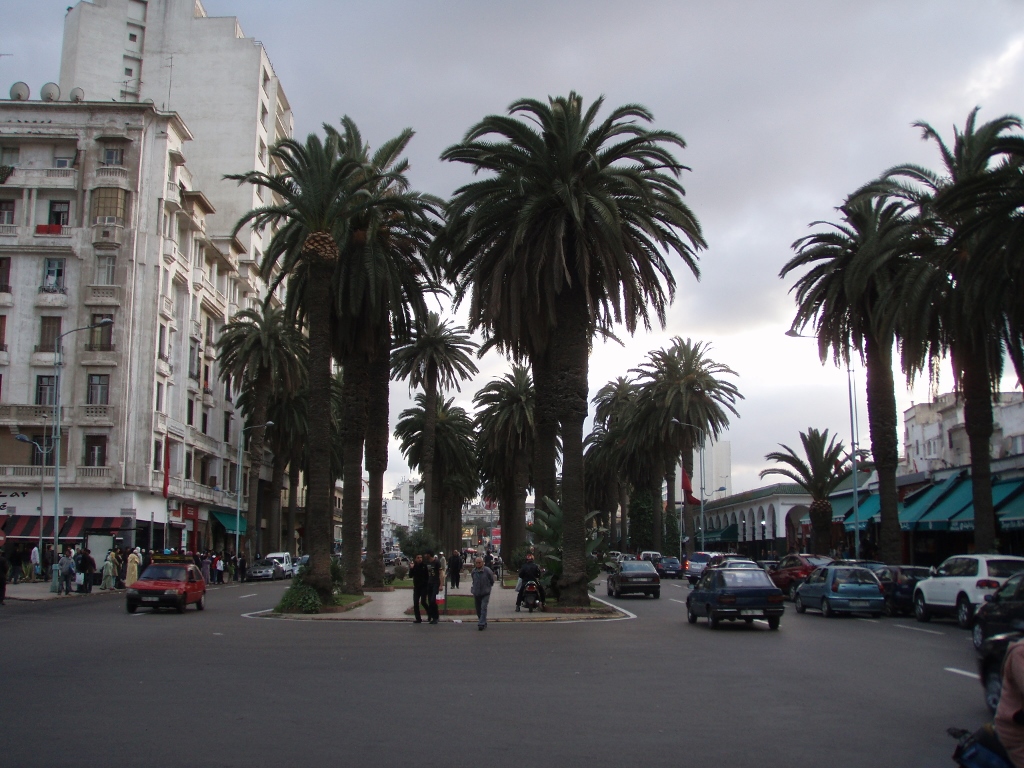 Casablanca, a detail
Casablanca, a detail
By now, I had to go get something to eat because I had gotten hungry in the meantime, but I didn’t stay out long since I also wanted to have some proper rest.
The next morning, I woke up feeling quite well and, after breakfast, took a short walk around the neighbourhood. Once again, it was just a brief bit of sightseeing, but on this day, I wanted to do everything in a relaxed and easygoing way, i.e., without any pressure.
 Casablanca, a detail
Casablanca, a detail
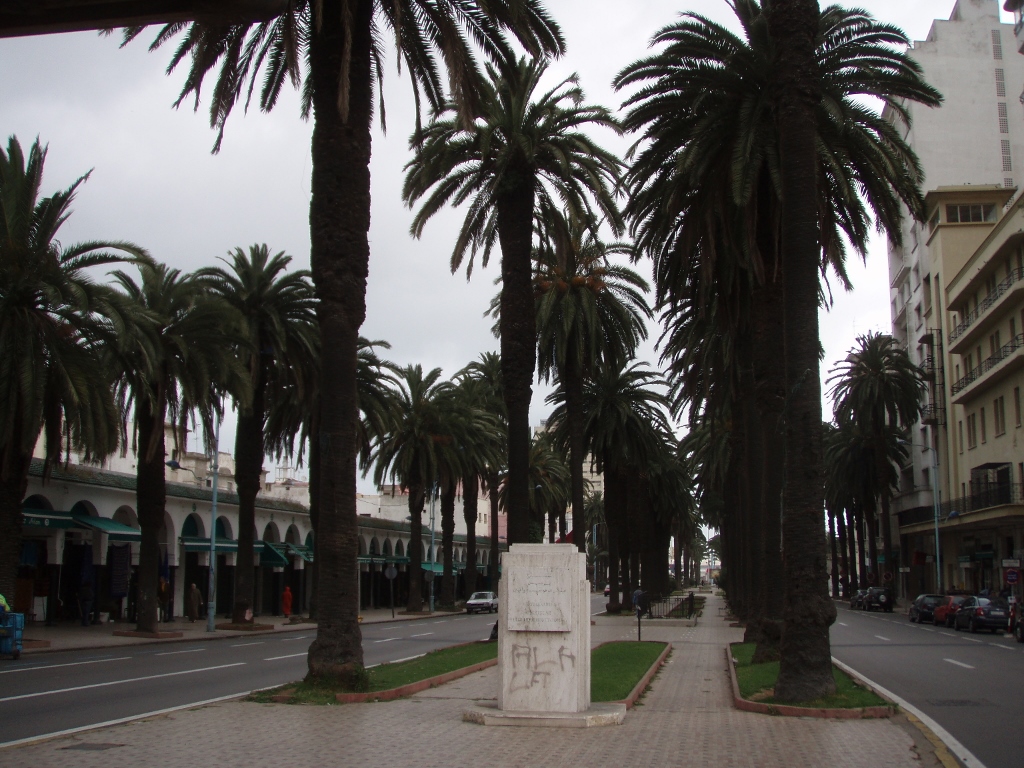 Casablanca, a detail
Casablanca, a detail
The main place I wanted to visit on this last day in Morocco in 2010 was the Hassan II Mosque, the minaret of which can be seen in the background of the next photo (on the right side), so at some point I headed in that direction.
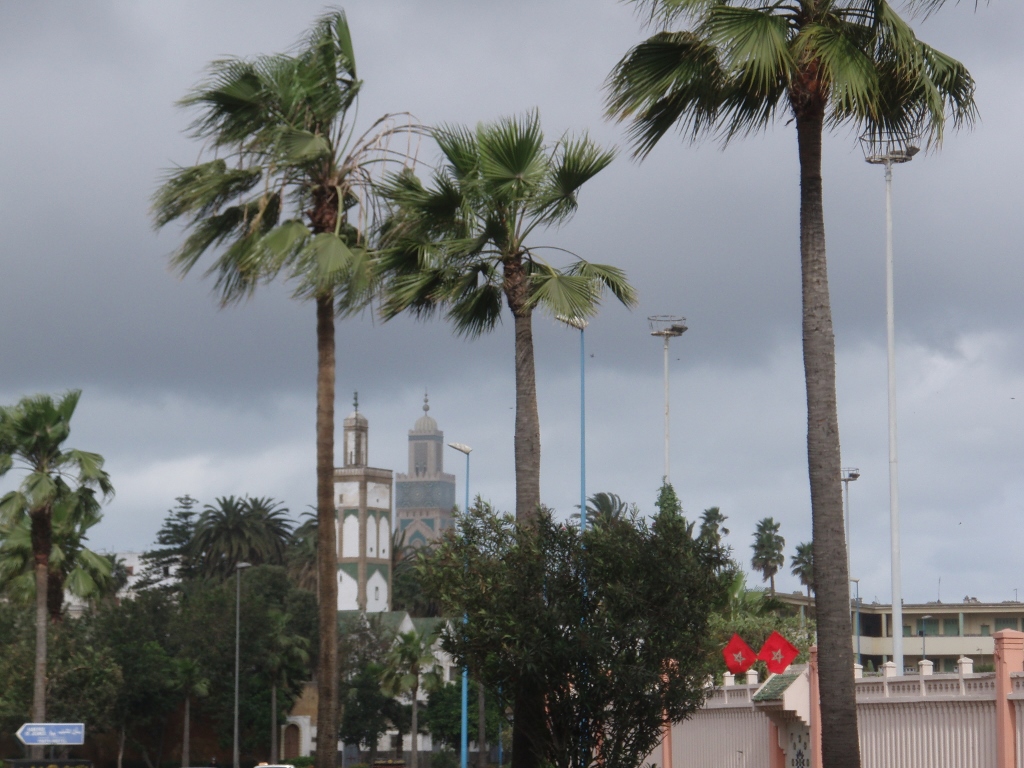 Casablanca, a detail
Casablanca, a detail
As I walked towards the coast and the mosque, dark rain clouds gathered over part of the sky, but luckily, no rain fell that day.
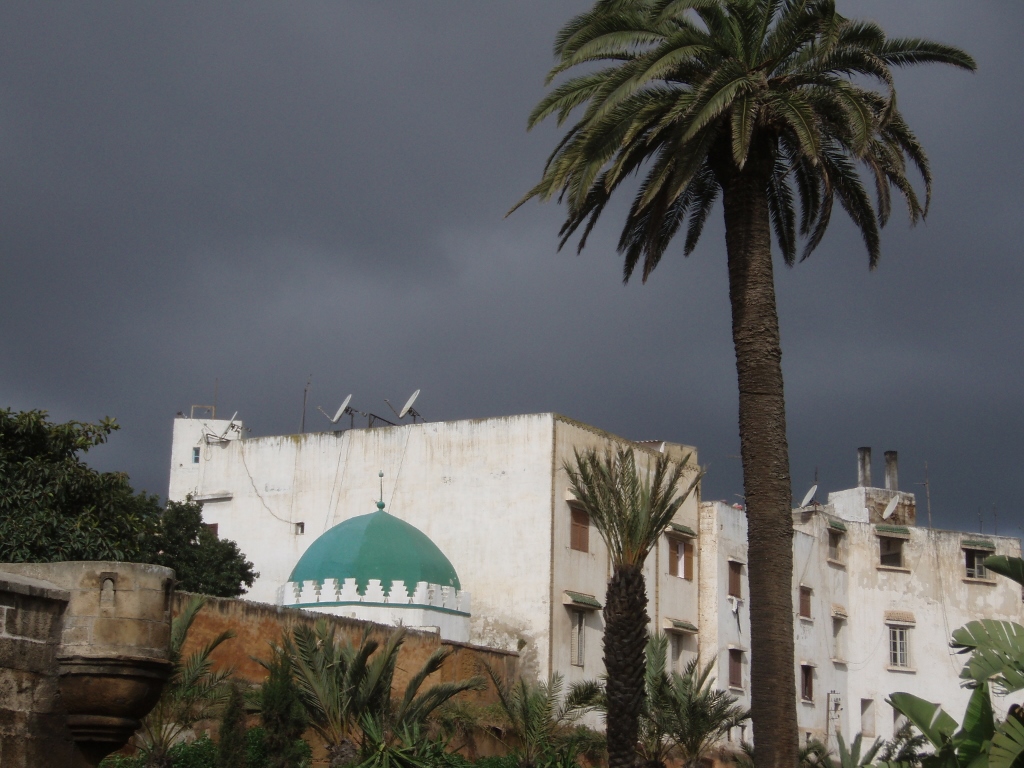 Casablanca, a detail
Casablanca, a detail
At one spot, I noticed a very interesting café, but there was some kind of fence around that block of buildings, so I didn’t even try to go there. Instead, I just captured a part of the café from a distance.
 Casablanca, a detail
Casablanca, a detail
What makes this place interesting is certainly not the café itself (I wasn’t there, so I can't say anything about it), but rather its name.
Namely, younger generations have probably never heard of this, but older generations almost certainly know about the famous American film Casablanca from 1942 (a black-and-white film), in which the main male role, Rick, the owner of a nightclub, is played by Humphrey Bogart. Alongside him is the equally famous actress Ingrid Bergman, who plays his former love, Ilsa. The main part of the story, of course, takes place in Casablanca during World War II (1939–1945).
That, however, is all fiction and there never was a Rick who owned a nightclub in Casablanca, but that’s no reason someone shouldn’t open a café inspired by the theme.
This café is located a few hundred metres from the impressive Hassan II Mosque.
 Hassan II Mosque
Hassan II Mosque
Let me say right away that this was (finally) a mosque in Morocco that allows entry to non-Muslims. With the ticket I purchased, I also received a guided tour, so I was truly pleased and looked forward to the visit. In any case, visitors are required to dress modestly (in accordance with local customs) and it is also necessary to remove one's shoes. (By the way, removing shoes is certainly the rule, but there are some variations – you can wear covers over your shoes, carry your shoes into the mosque in a bag, or in some areas even walk with your shoes on.)
The construction of the mosque took about six years and was completed in 1993. The Moroccan king Hassan II (b/r. 1929/1961–1999) had it built right on the ocean shore – partly on land and partly over the water (although there are breakwaters that protect the foundation from erosion). The reason for this placement was that King Hassan II was inspired by the words from the Quran: “God’s throne was upon the water.”
According to what I read in the guidebook, the Hassan II Mosque in Casablanca was the third largest religious building in the world (at the time the guidebook was written). However, from what I read later, that’s not entirely accurate. Still, I don’t think such details are all that important – the mosque is undoubtedly massive. I can say right away, though, that the minaret, at 210 m, is the second tallest in the world. At night, a laser shines from the top of the minaret, with its beam directed towards Mecca.
The architect responsible for the mosque's design was French, but the construction and decoration involved the best and most skilled artisans from all over the country. The materials were also local – cedar from the Middle Atlas, marble from Agadir, and granite from Tafraoute. It’s estimated that the construction cost around 600 million dollars, with most of the funding coming from voluntary contributions of 12 million people.
The result is extraordinary and I started by capturing some of the exterior details.
 Hassan II Mosque, a detail
Hassan II Mosque, a detail
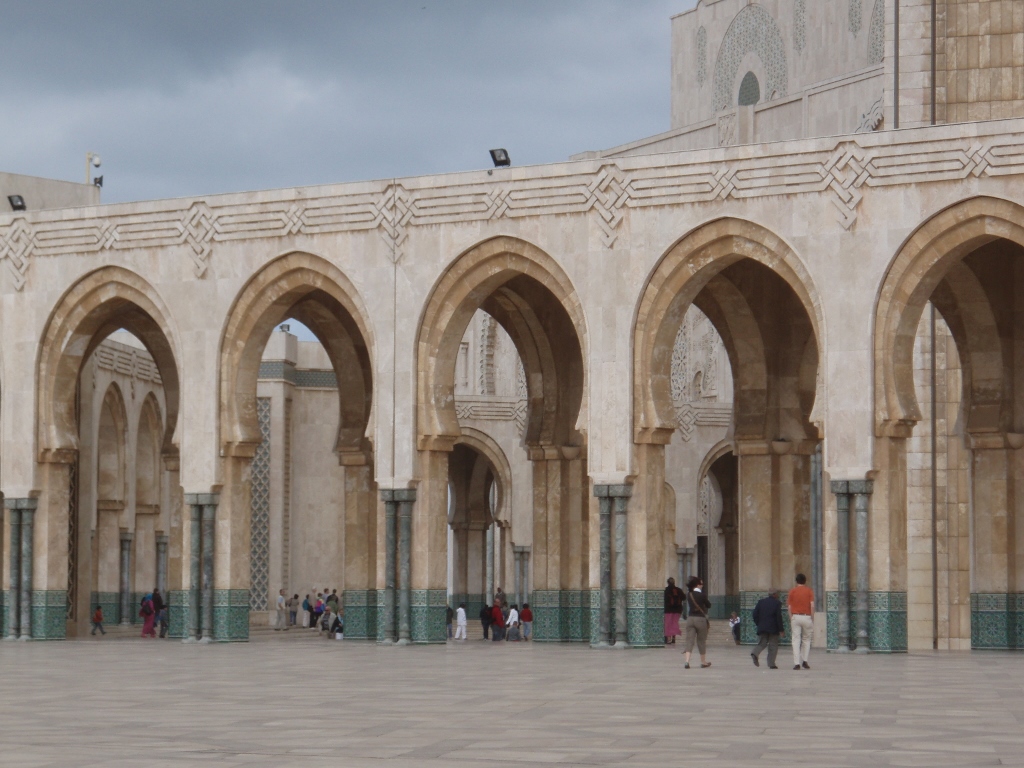 Hassan II Mosque, a detail
Hassan II Mosque, a detail
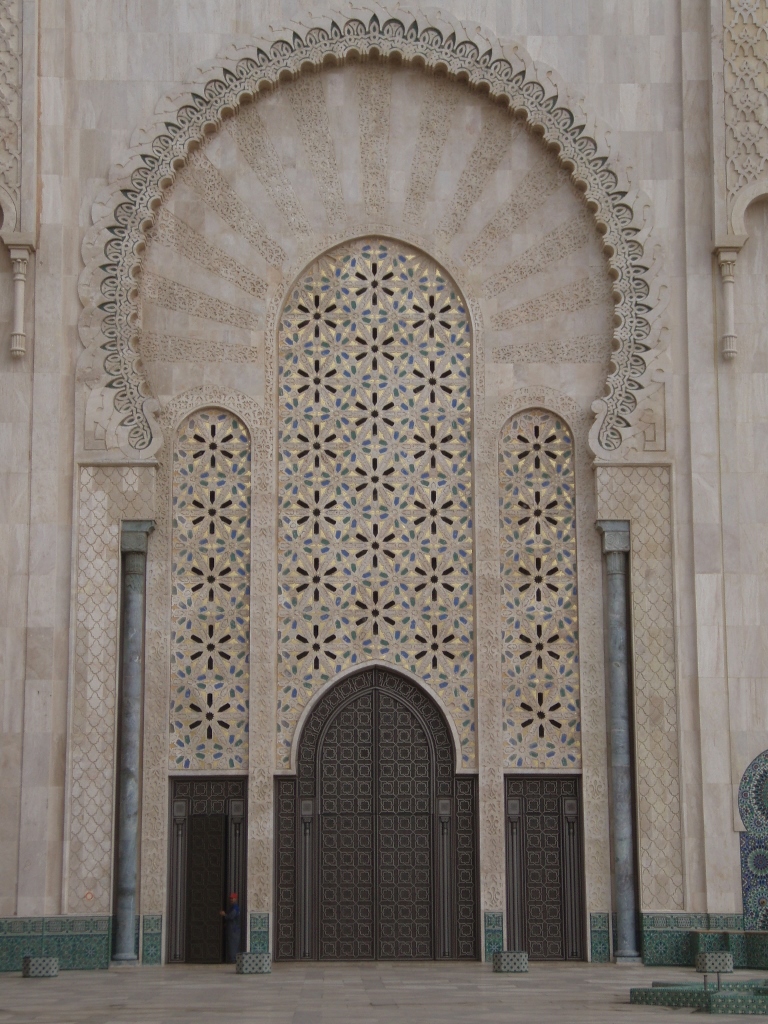 Hassan II Mosque, a detail
Hassan II Mosque, a detail
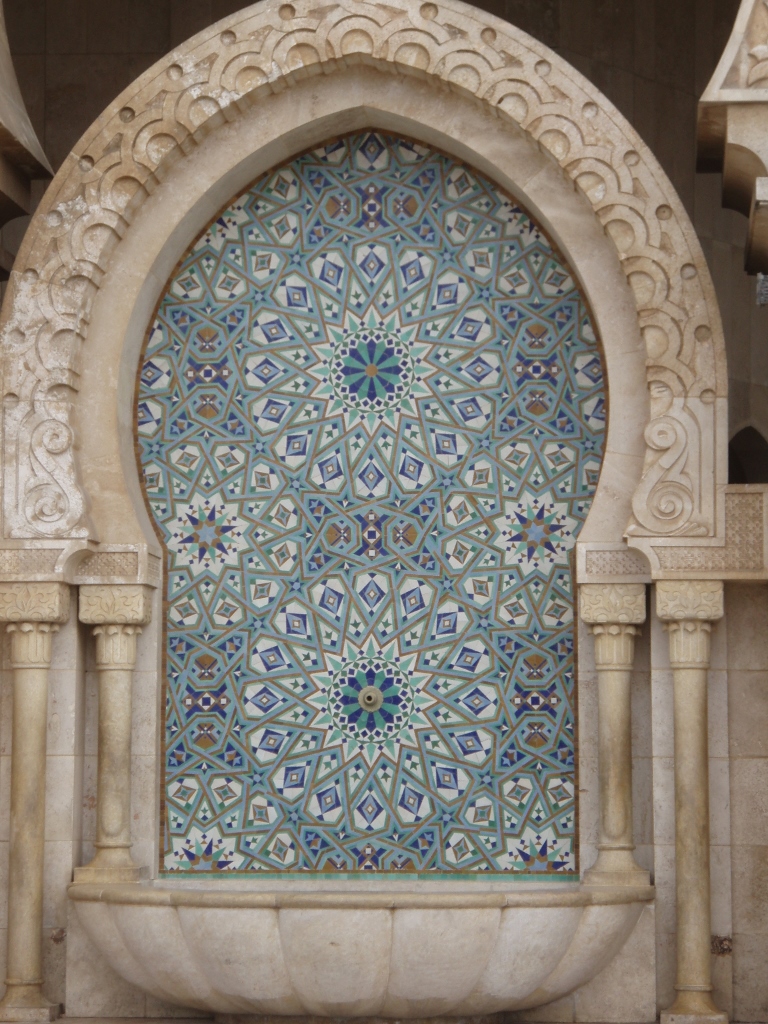 Hassan II Mosque, a detail
Hassan II Mosque, a detail
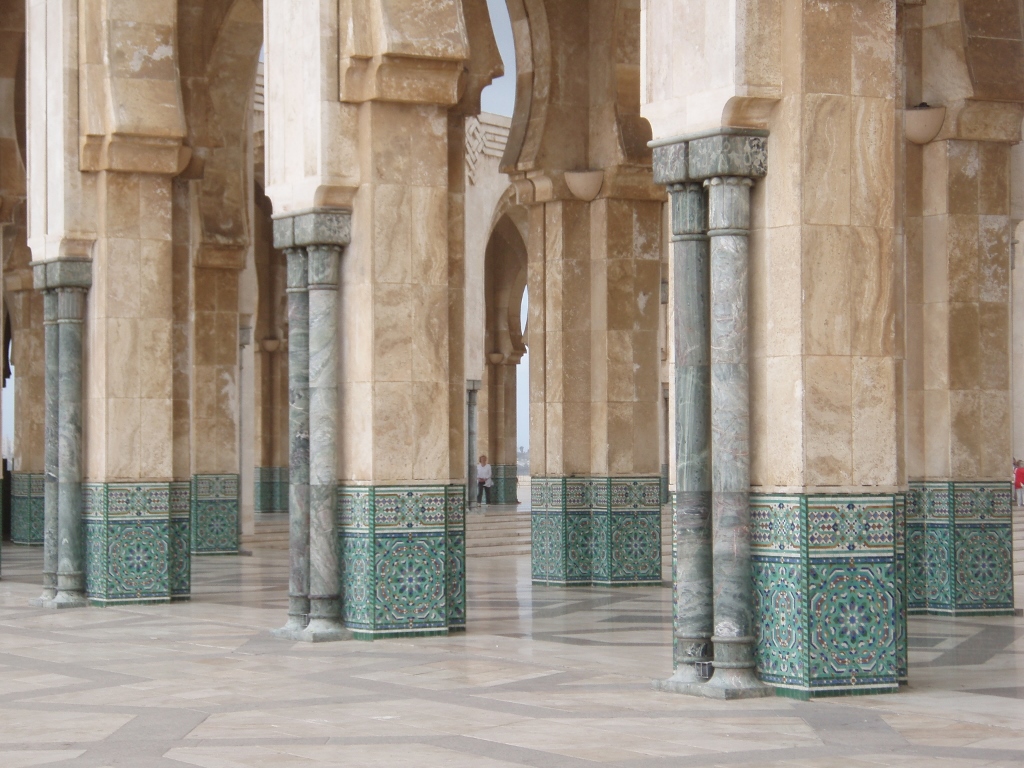 Hassan II Mosque, a detail
Hassan II Mosque, a detail
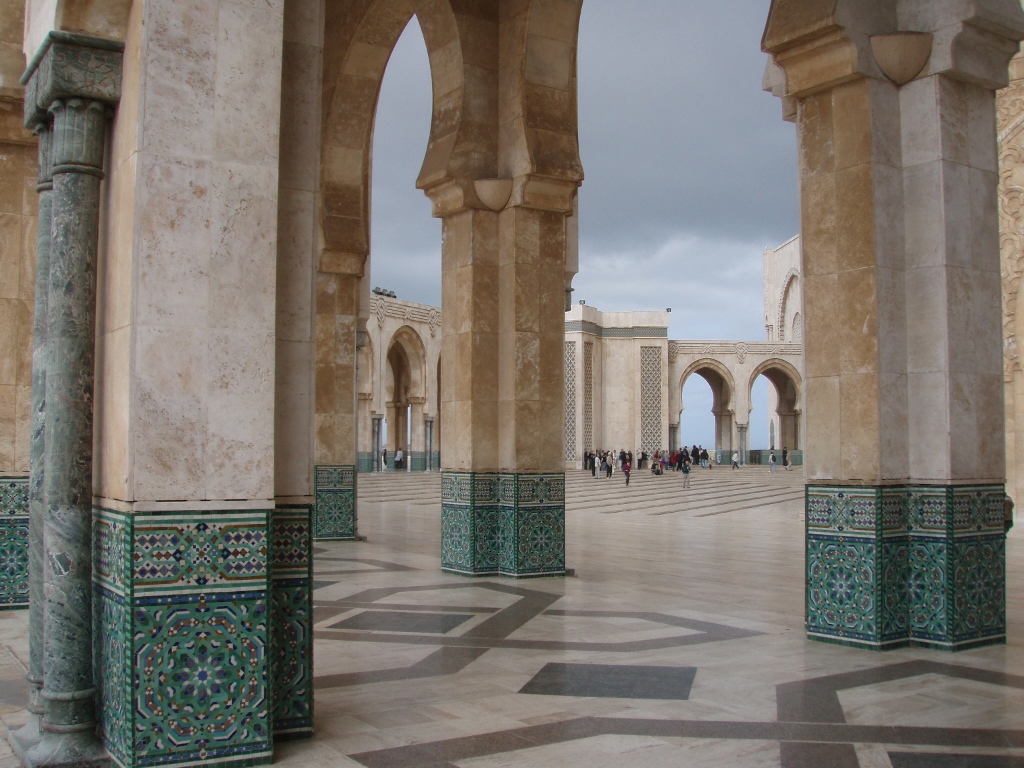 Hassan II Mosque, a detail
Hassan II Mosque, a detail
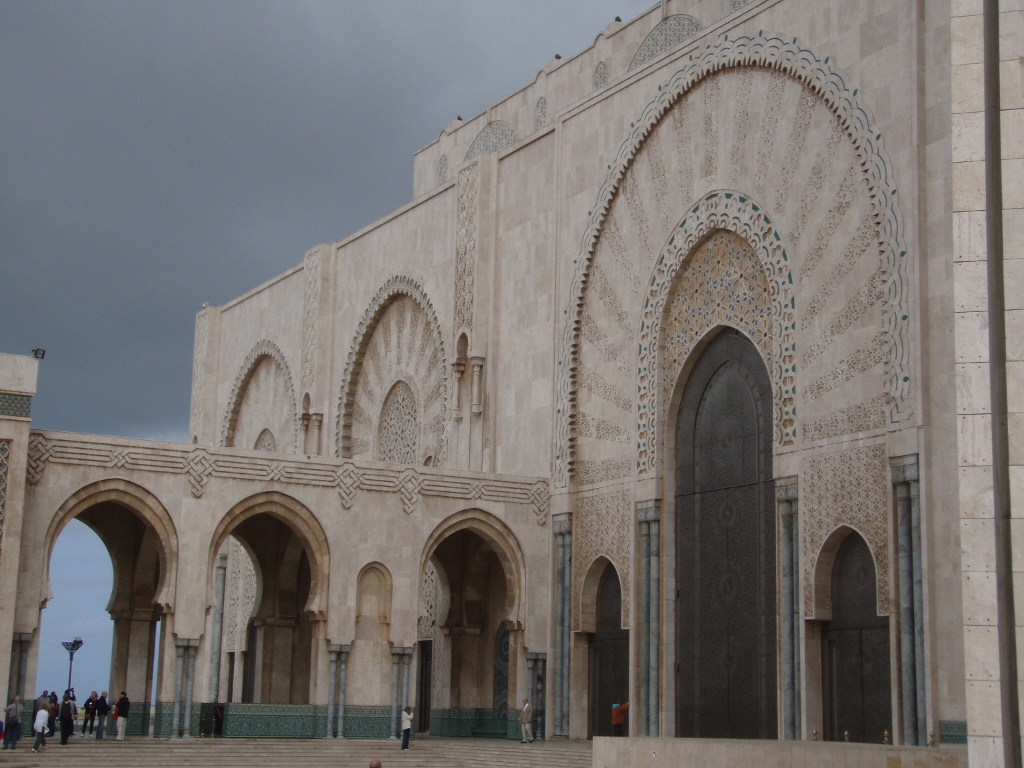 Hassan II Mosque, a detail
Hassan II Mosque, a detail
The courtyards around the mosque can accommodate about 80,000 people, while the indoor space has a capacity of around 25,000 worshippers.
Since I was there at a time when prayer was not taking place, I was able to enter comfortably and wait for the English-speaking tour group to gather. The impressions inside were even more remarkable than those from the outside.
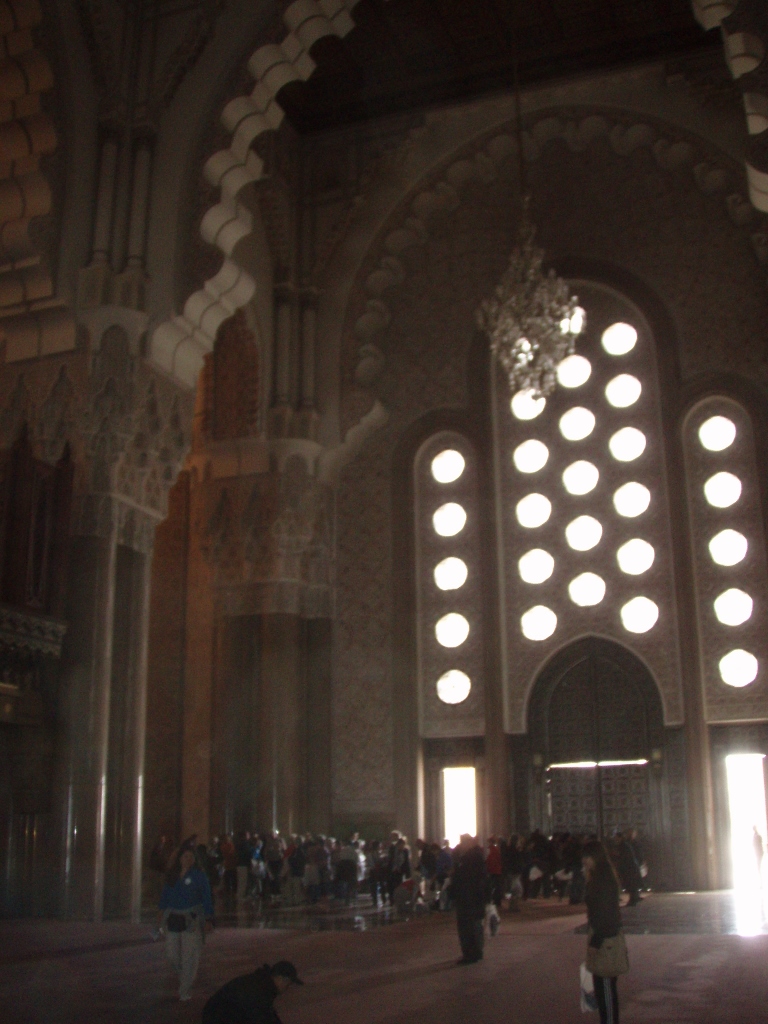 Hassan II Mosque, a detail
Hassan II Mosque, a detail
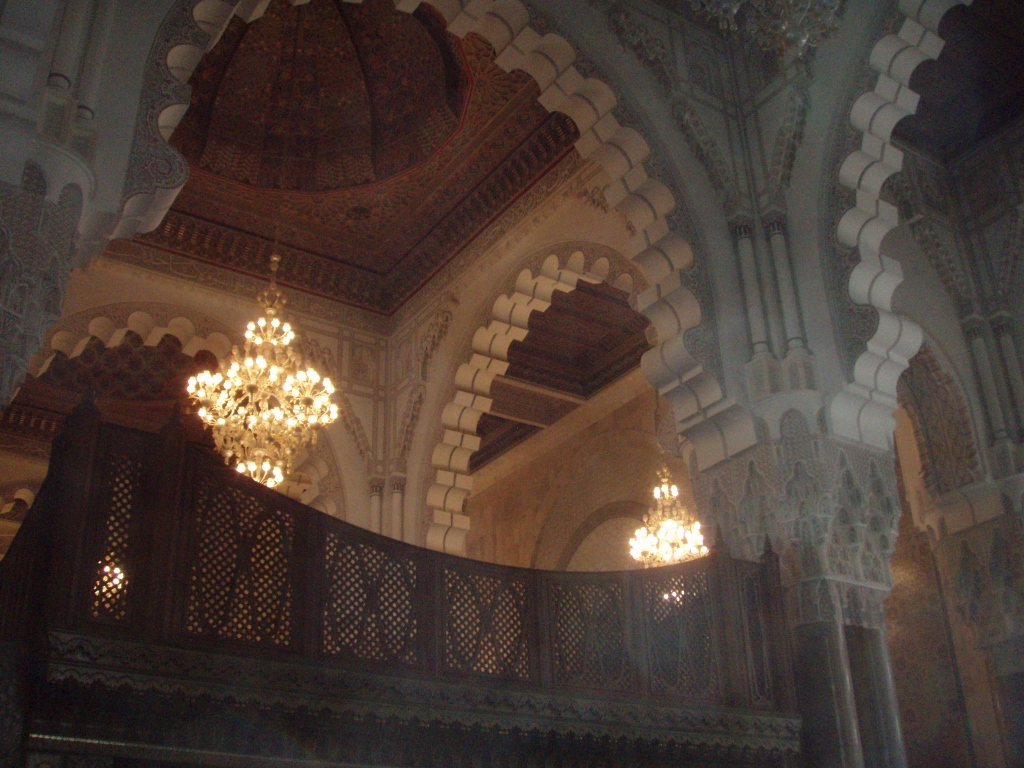 Hassan II Mosque, a detail
Hassan II Mosque, a detail
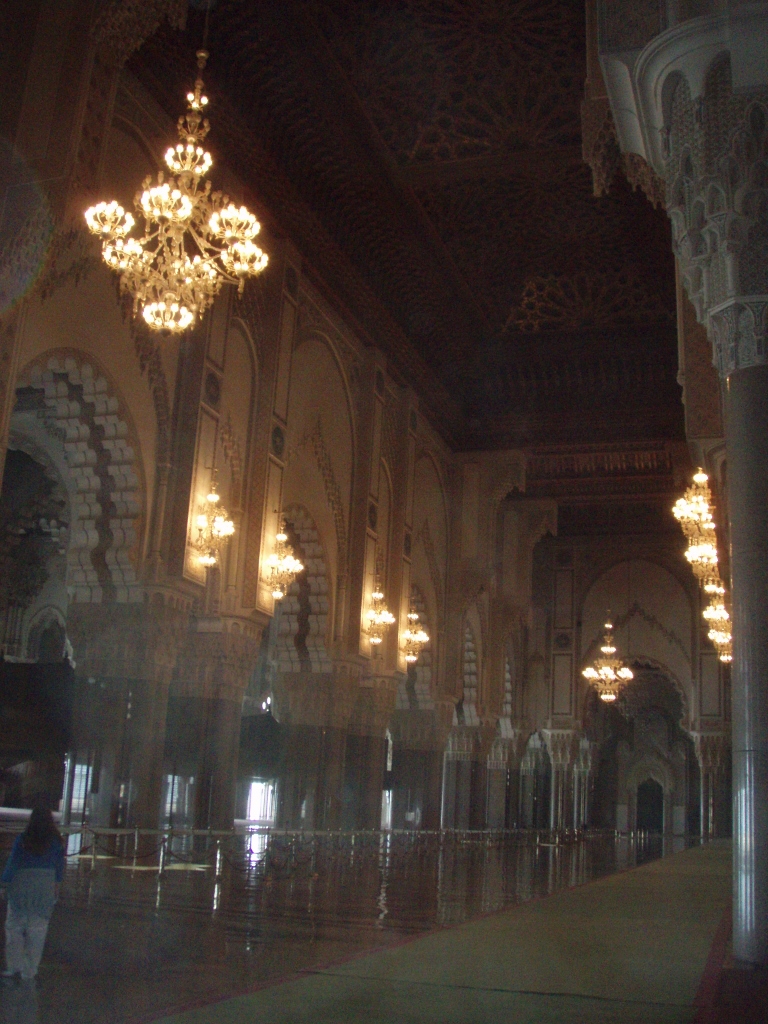 Hassan II Mosque, a detail
Hassan II Mosque, a detail
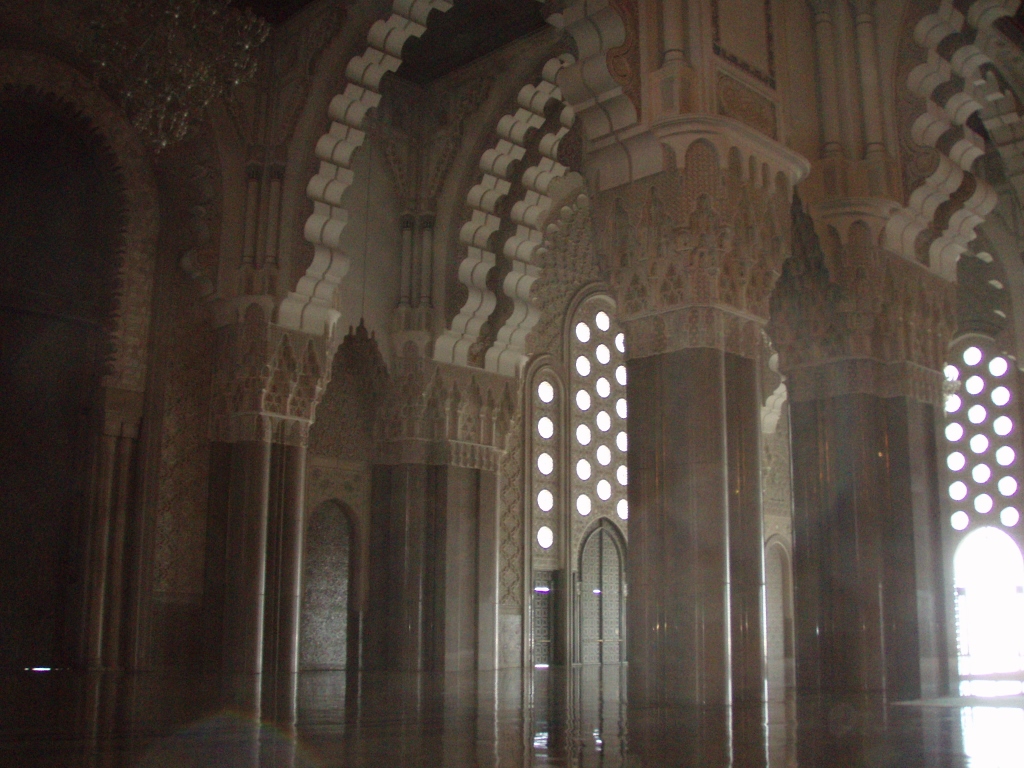 Hassan II Mosque, a detail
Hassan II Mosque, a detail
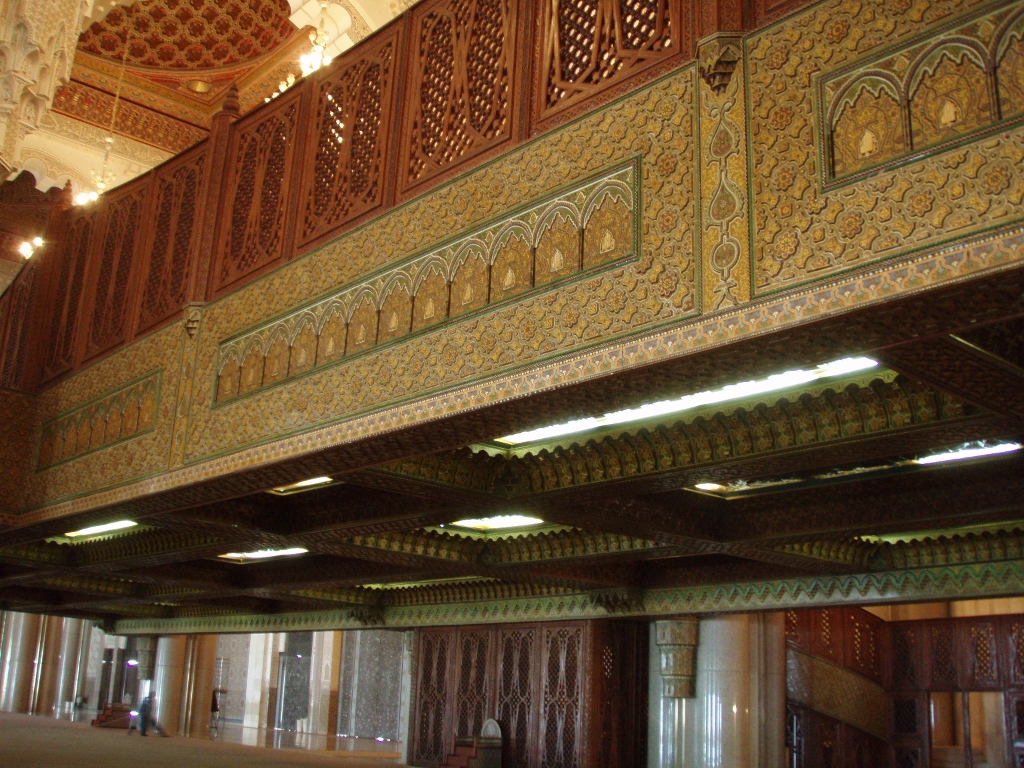 Hassan II Mosque, a detail
Hassan II Mosque, a detail
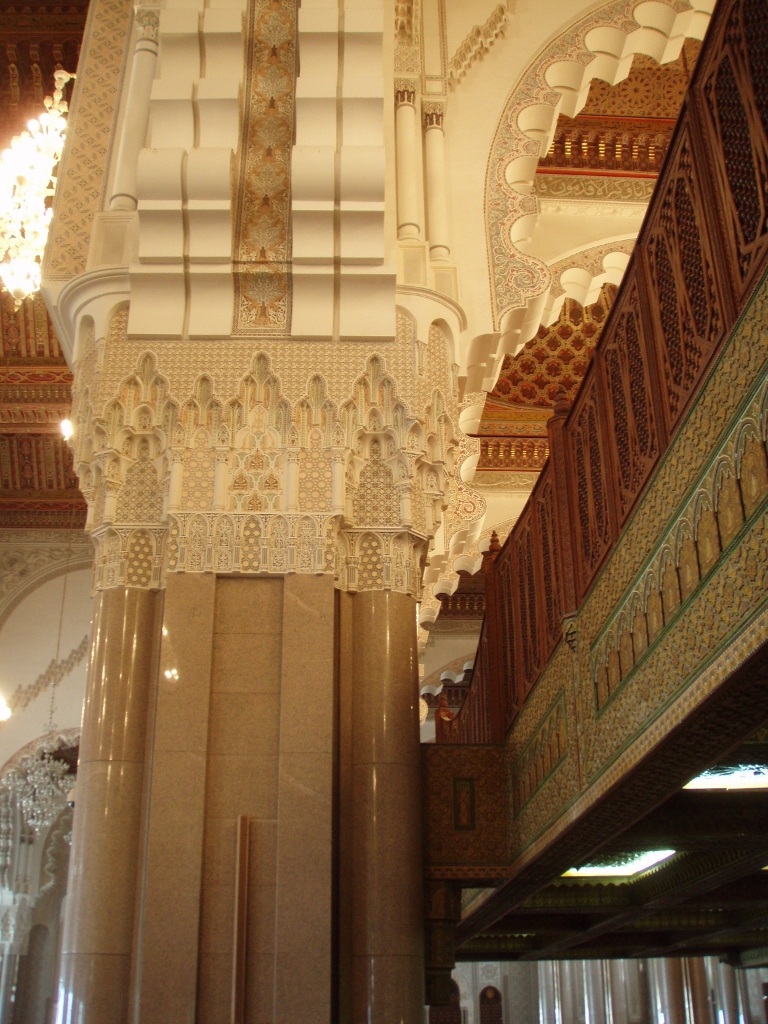 Hassan II Mosque, a detail
Hassan II Mosque, a detail
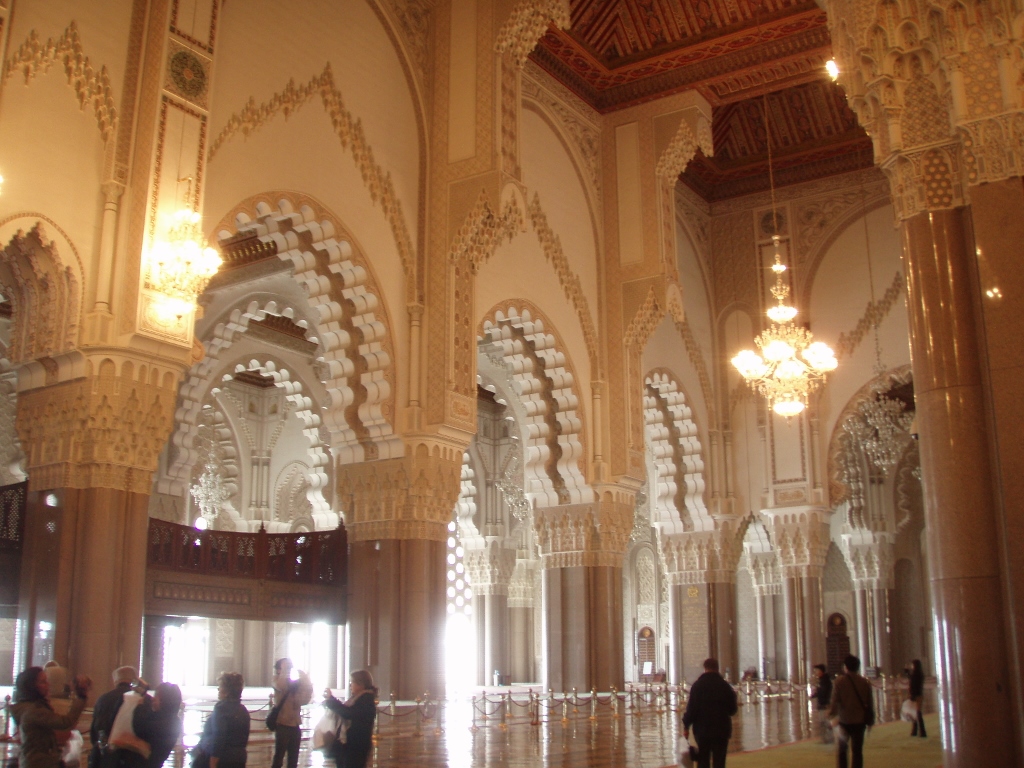 Hassan II Mosque, a detail
Hassan II Mosque, a detail
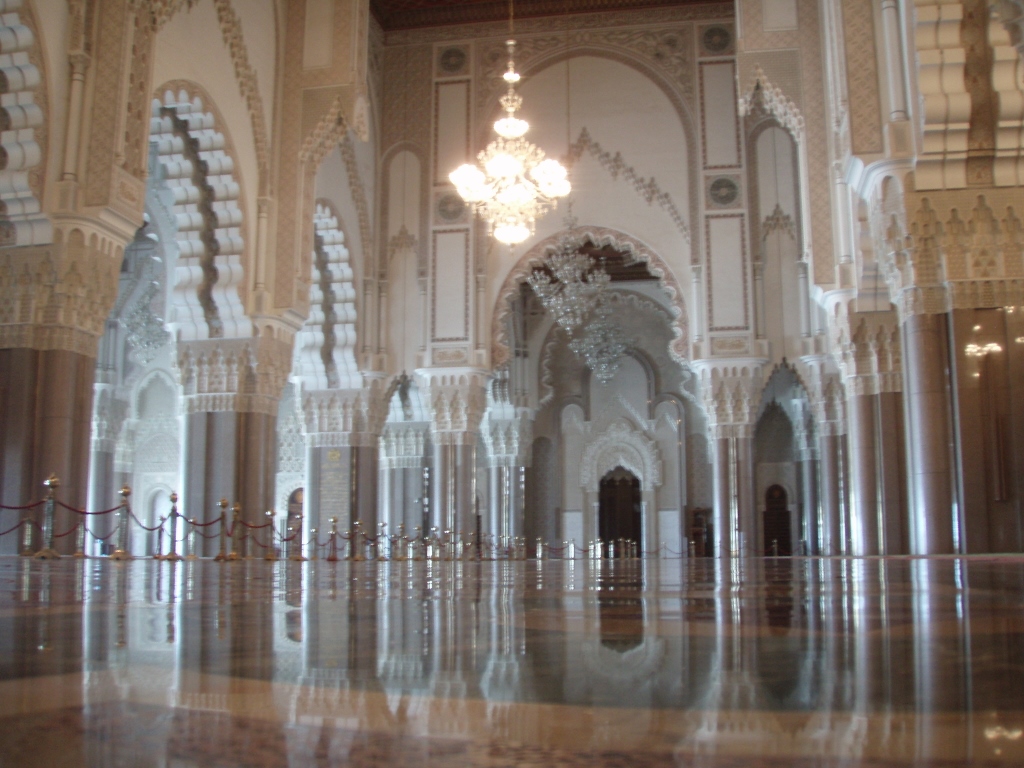 Hassan II Mosque, a detail
Hassan II Mosque, a detail
By the way, the roof above the main hall, made of cedar and weighing around 1,000 tons, is retractable, i.e., it can be opened when the weather is nice and the mosque is full of worshippers, since there are no air conditioners inside. However, there is underfloor heating (which is important due to the marble flooring, especially in winter).
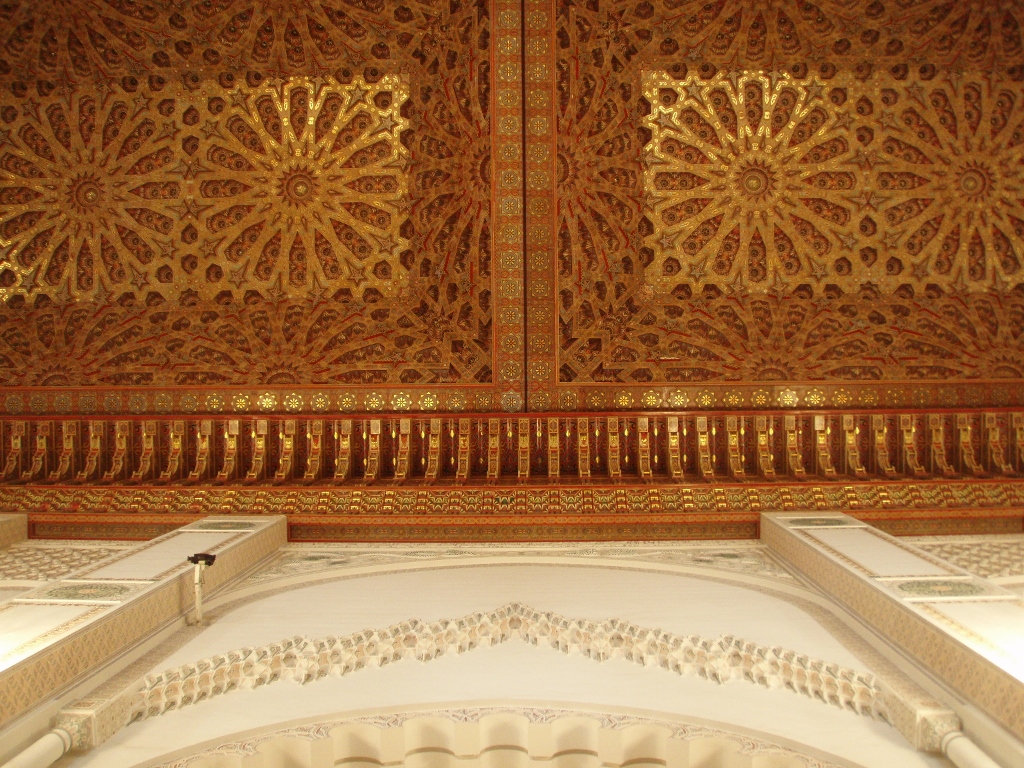 Hassan II Mosque, a detail
Hassan II Mosque, a detail
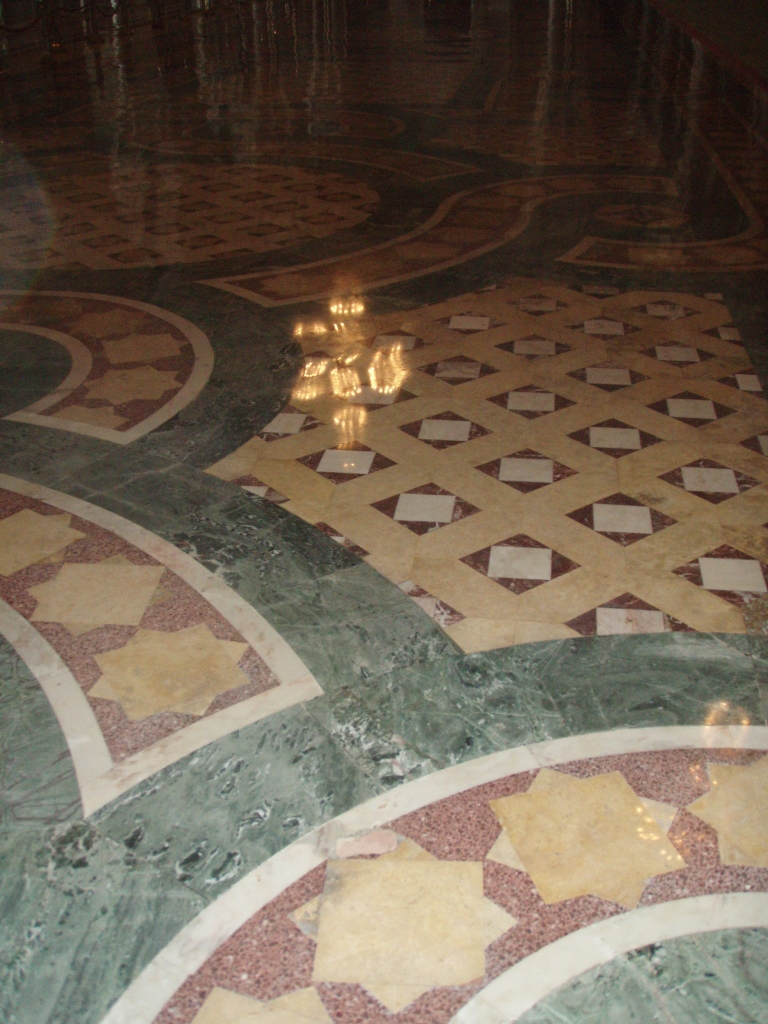 Hassan II Mosque, a detail
Hassan II Mosque, a detail
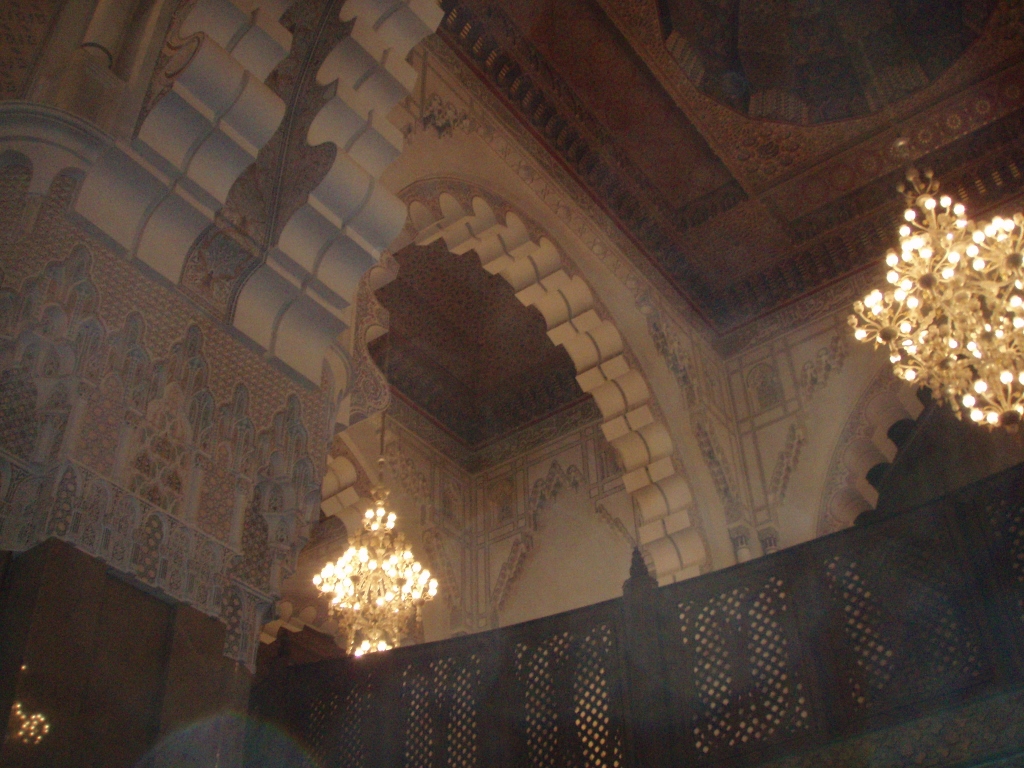 Hassan II Mosque, a detail
Hassan II Mosque, a detail
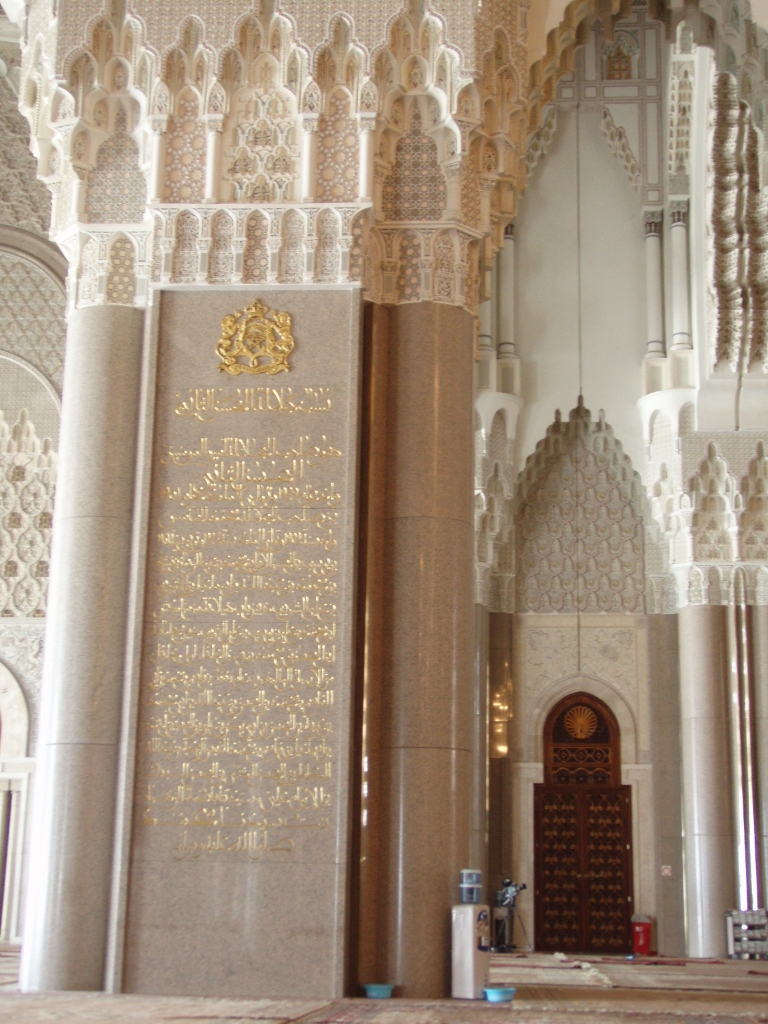 Hassan II Mosque, a detail
Hassan II Mosque, a detail
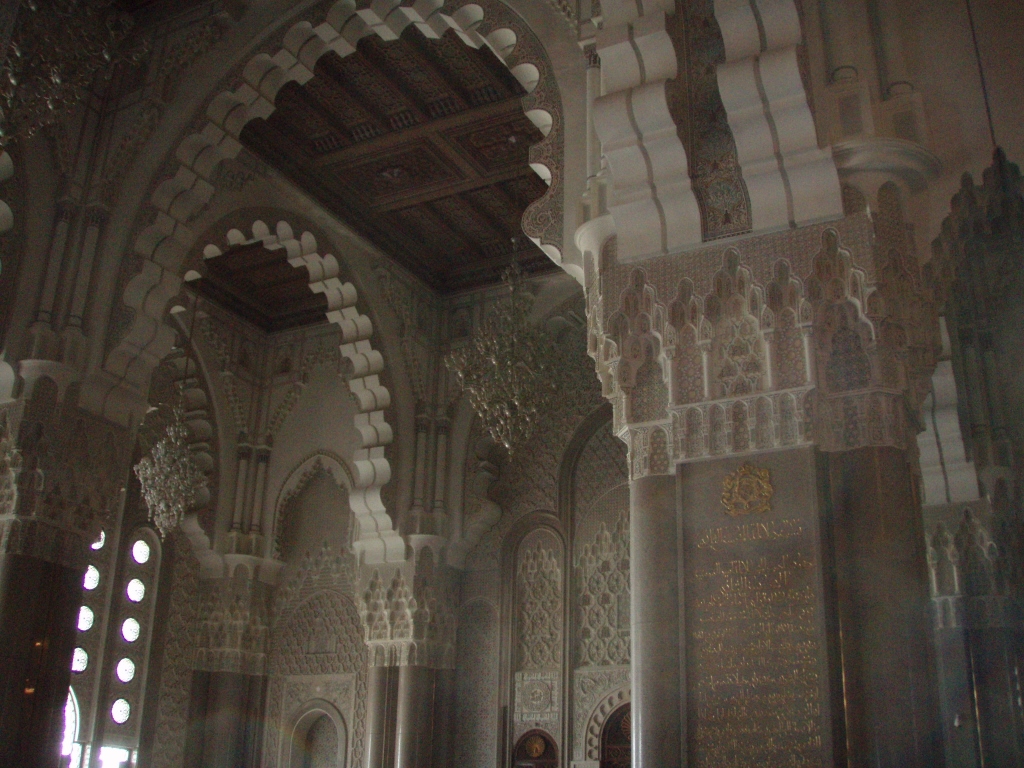 Hassan II Mosque, a detail
Hassan II Mosque, a detail
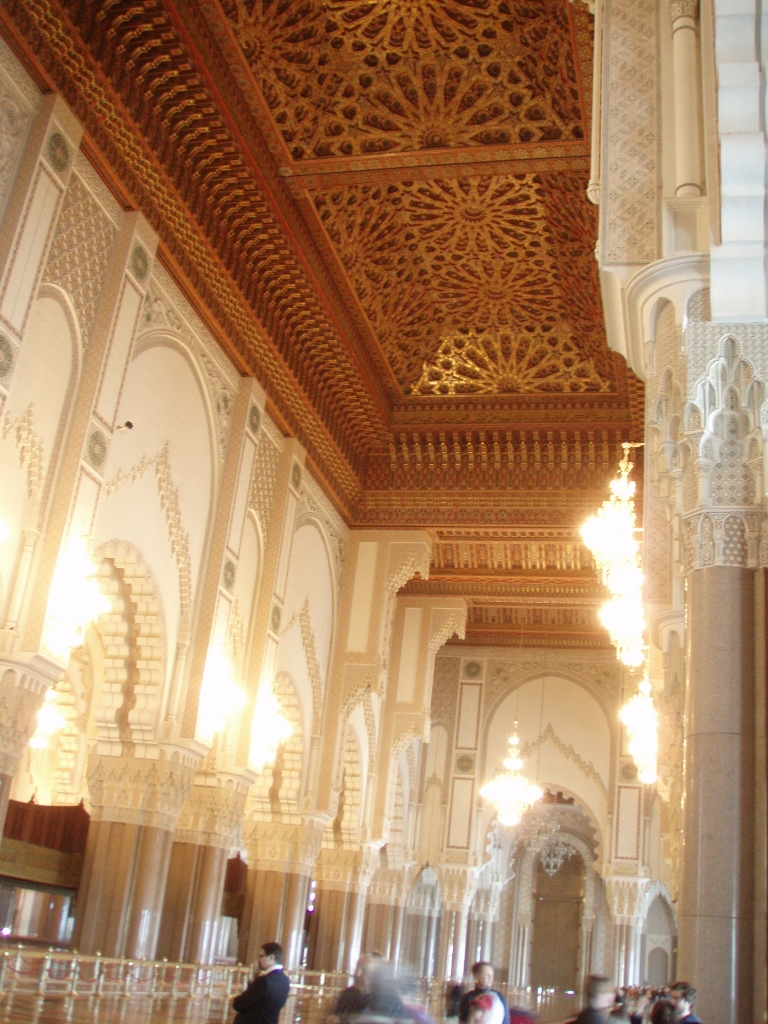 Hassan II Mosque, a detail
Hassan II Mosque, a detail
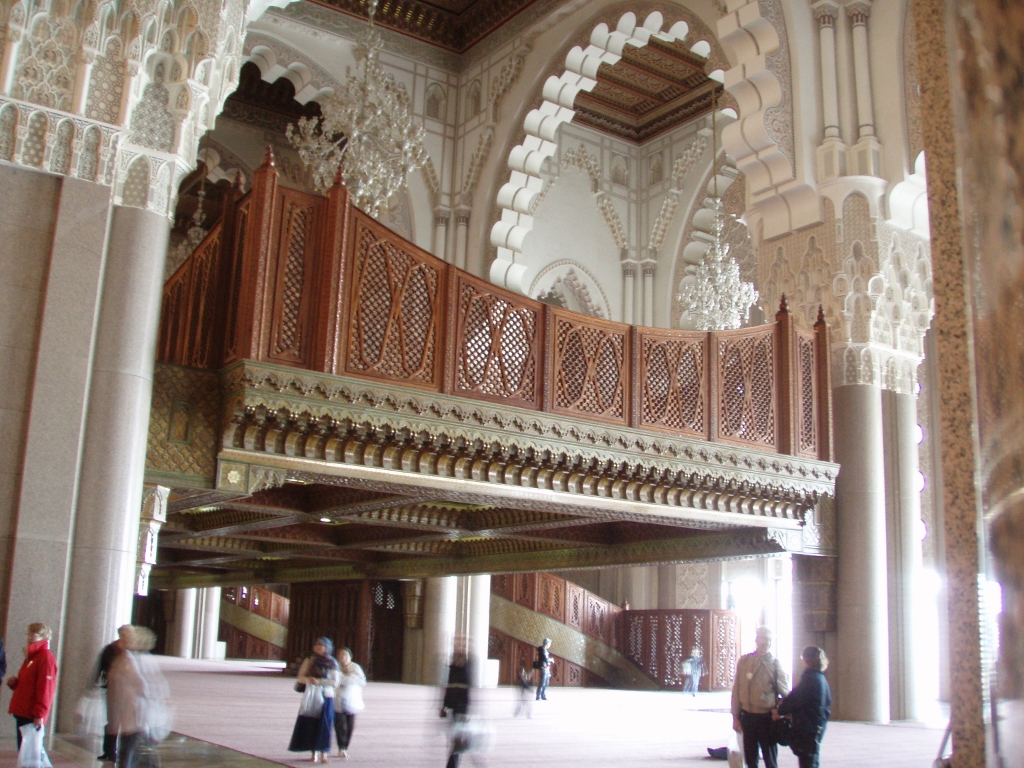 Hassan II Mosque, a detail
Hassan II Mosque, a detail
It was interesting to hear what the young woman who was our guide said about the three most common questions visitors ask. The first two, usually asked by Americans, concern the cost of the mosque’s construction and who paid for it (I already answered those above). The third question, typically asked by women from Morocco, is: “Who cleans this place, or how many people are needed to keep the mosque in such an immaculate condition?” I don’t think it’s really possible to get a precise answer to this one, but the mosque is indeed an exceptionally clean place, so removing your shoes is not an issue at all.
However, footwear is completely allowed, and even recommended, in the lower level of the mosque (below the ground level), which is where the tour now took us.
We first arrived at the Ablution Hall, where numerous fountains are located – 41 in total. Before prayer begins, water flows here, and worshippers can perform the ritual washing of hands, head, and feet.
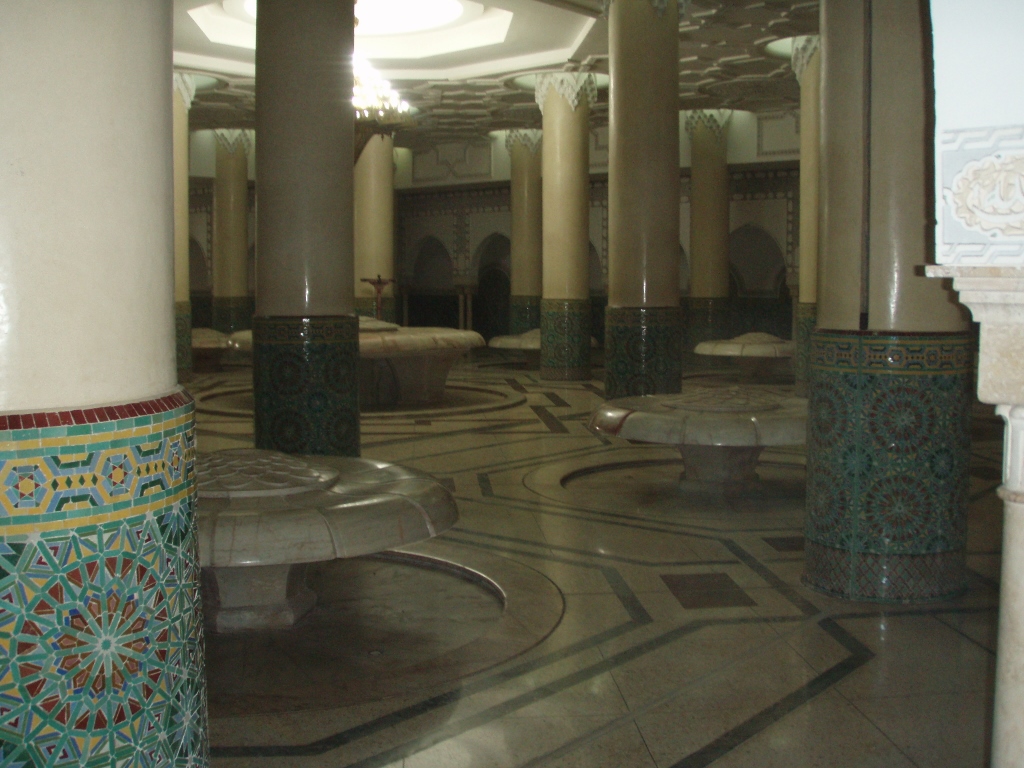 Hassan II Mosque, a detail
Hassan II Mosque, a detail
There is a specific order and number of times each part of the body must be washed with water and all of it carries symbolic meaning. However, I have to admit that that level of detail goes beyond the scope of my personal interests.
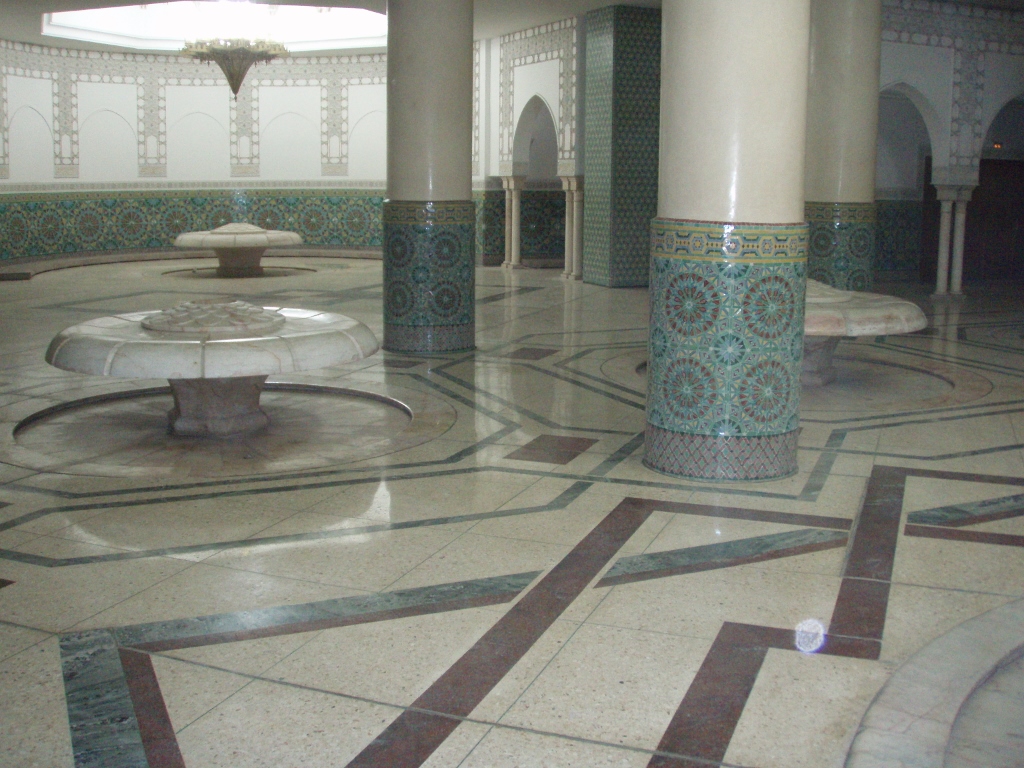 Hassan II Mosque, a detail
Hassan II Mosque, a detail
What’s particularly interesting about the Hassan II Mosque is that it was designed to include hammams (separate for men and women, of course), where visitors can experience traditional Moorish bathing, as well as health treatments using heated seawater, and so on.
At the time of my visit (in 2010), this part was still not operational, but from what I can see now, it’s possible to include a visit to the hammam along with the mosque tour to complete the experience.
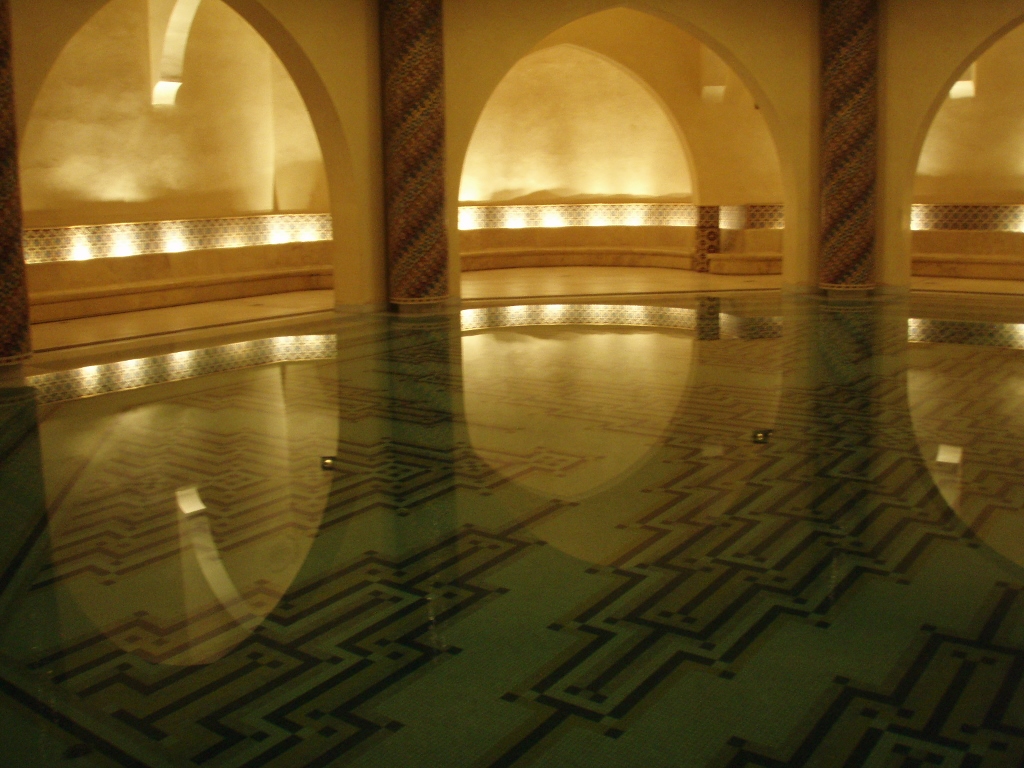 Hassan II Mosque, a detail
Hassan II Mosque, a detail
This was where I finished my visit to the Hassan II Mosque and soon I found myself in front of the building again. In the meantime, the clouds had cleared, which meant the entire mosque and its details were lit differently than before, so I started taking photos again.
 Hassan II Mosque, a detail
Hassan II Mosque, a detail
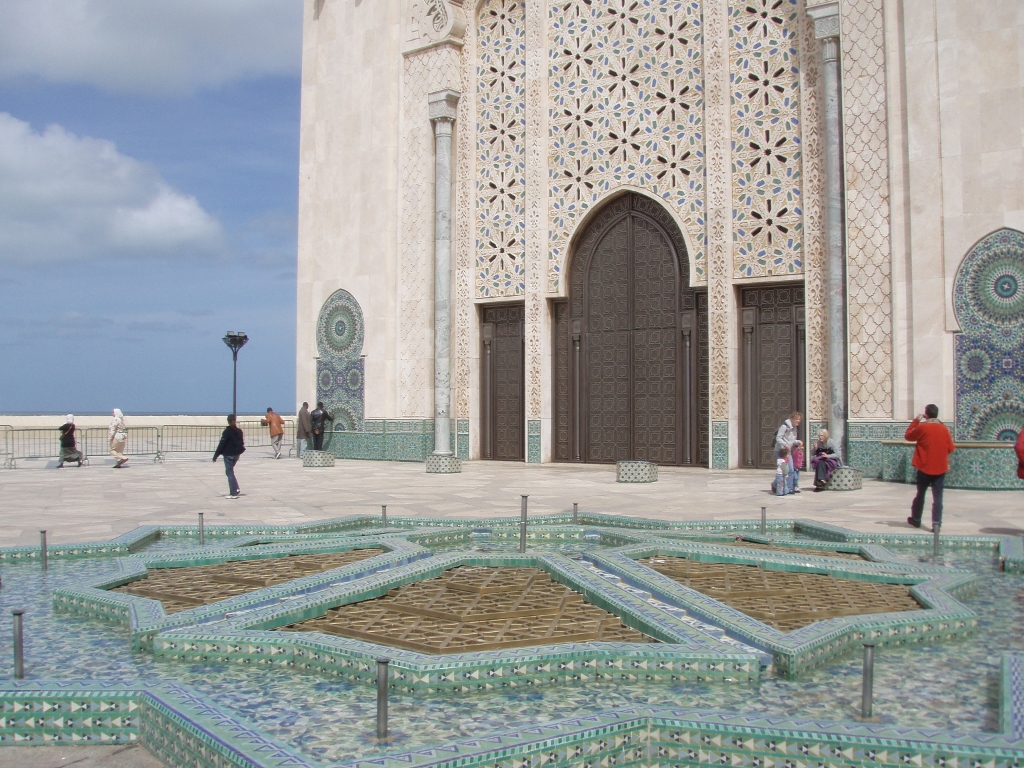 Hassan II Mosque, a detail
Hassan II Mosque, a detail
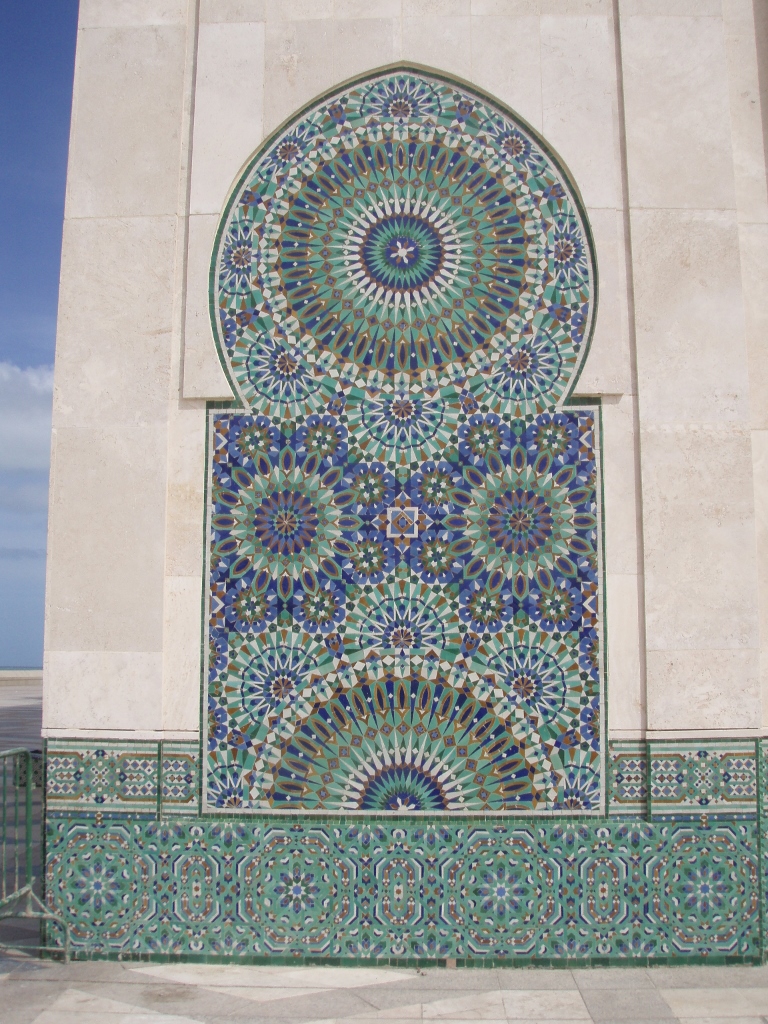 Hassan II Mosque, a detail
Hassan II Mosque, a detail
 Hassan II Mosque, a detail
Hassan II Mosque, a detail
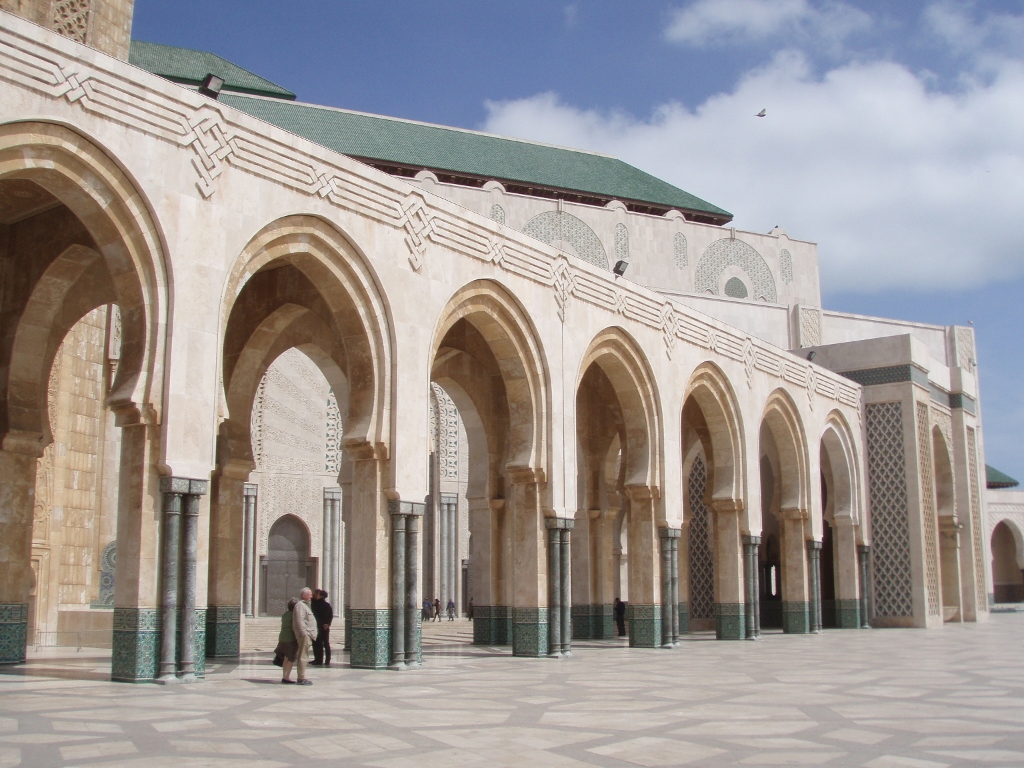 Hassan II Mosque, a detail
Hassan II Mosque, a detail
 Hassan II Mosque, a detail
Hassan II Mosque, a detail
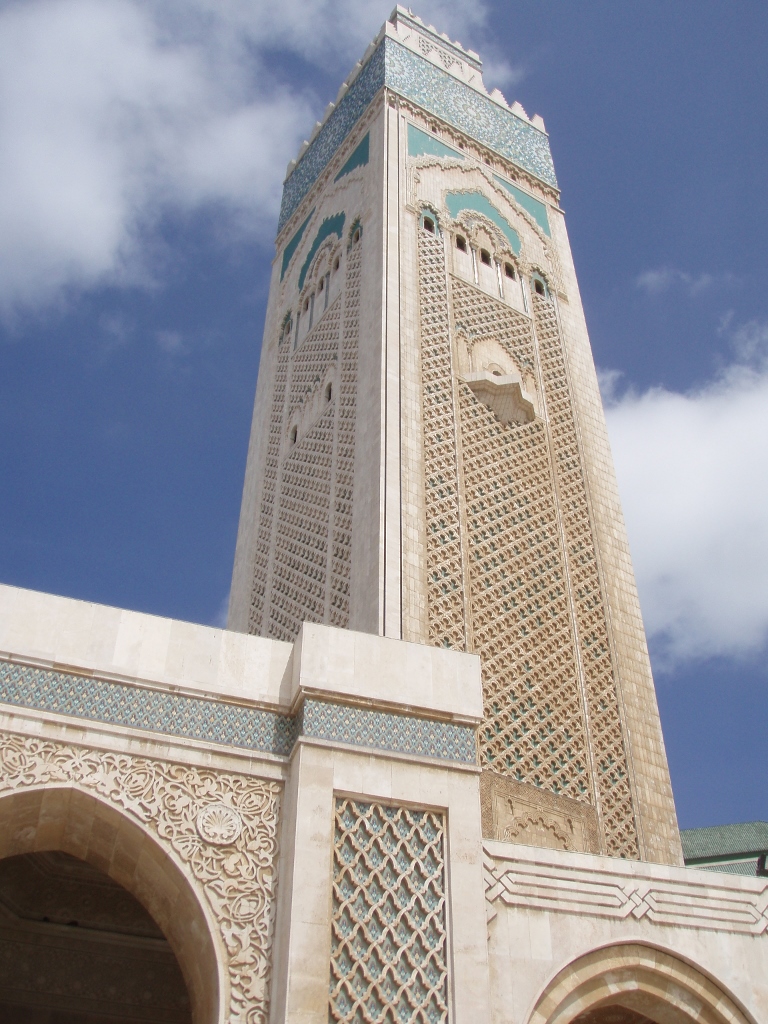 Hassan II Mosque, a detail
Hassan II Mosque, a detail
While I was still here at the Hassan II Mosque, I reached the very edge of the plaza and from there I filmed a part of the bay, as well as the nearby peninsula where the El Hank lighthouse is located.
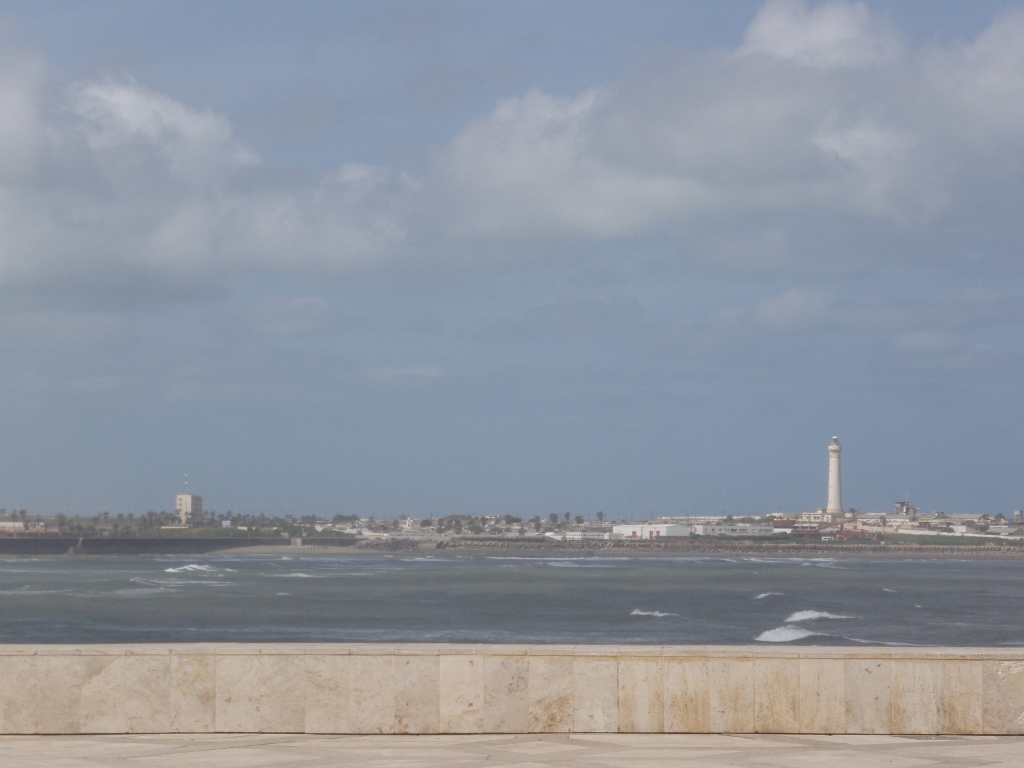 Casablanca, a detail
Casablanca, a detail
Then I headed back towards the Medina and the Old City of Casablanca, but I glanced back one more time and enjoyed the beauty of the mosque I had just visited.
 Hassan II Mosque
Hassan II Mosque
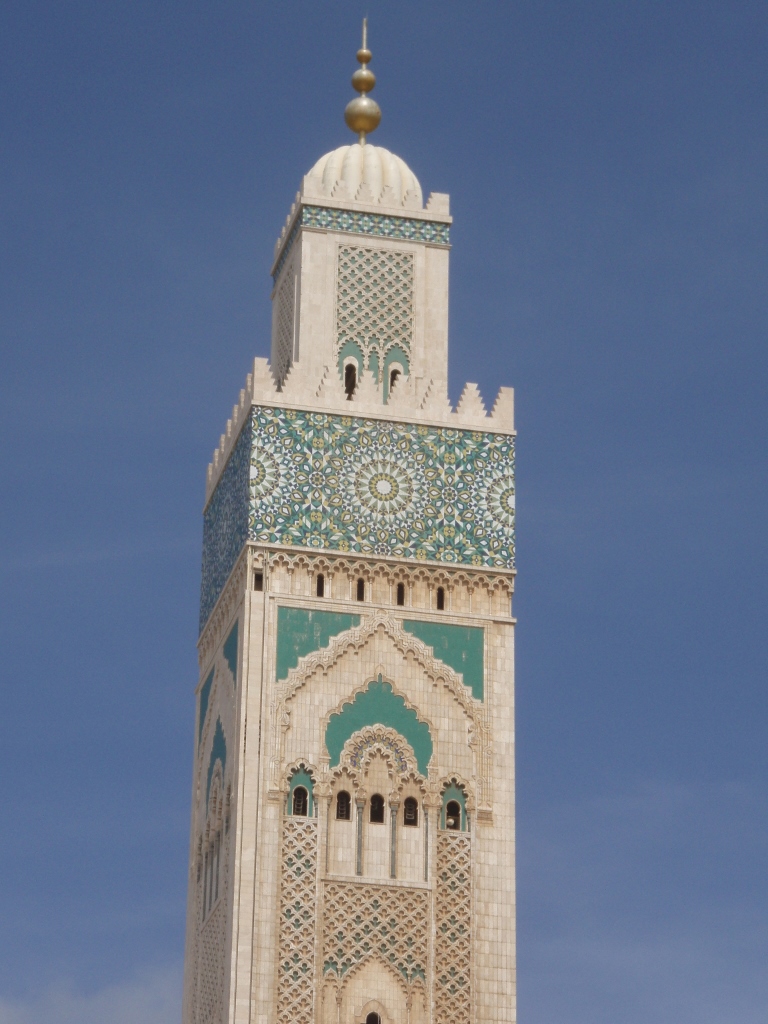 Hassan II Mosque, a detail
Hassan II Mosque, a detail
Arriving at the old part of the city, I entered the Medina where I wandered a bit through the picturesque alleys and market area. There, I got inspired to eat, so I bought a flatbread and some pink olives (which I liked the most here). That way, I had a nice light meal.
A little later, while passing through the Old City, I reached the Central Marketplace. Although I had no intention of eating, I ended up “agreeing” when a waiter invited me to sit down at the restaurant where he worked. The experience wasn’t spectacular, but it wasn’t bad either.
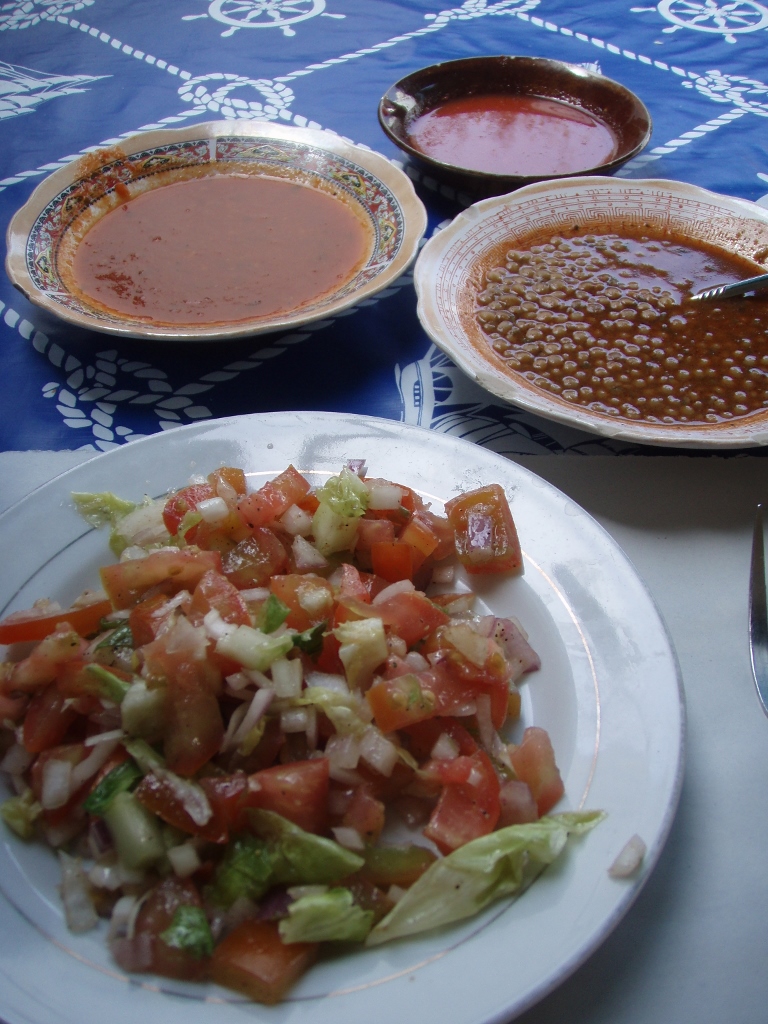 Lunch at the Central Marketplace in Casablanca
Lunch at the Central Marketplace in Casablanca
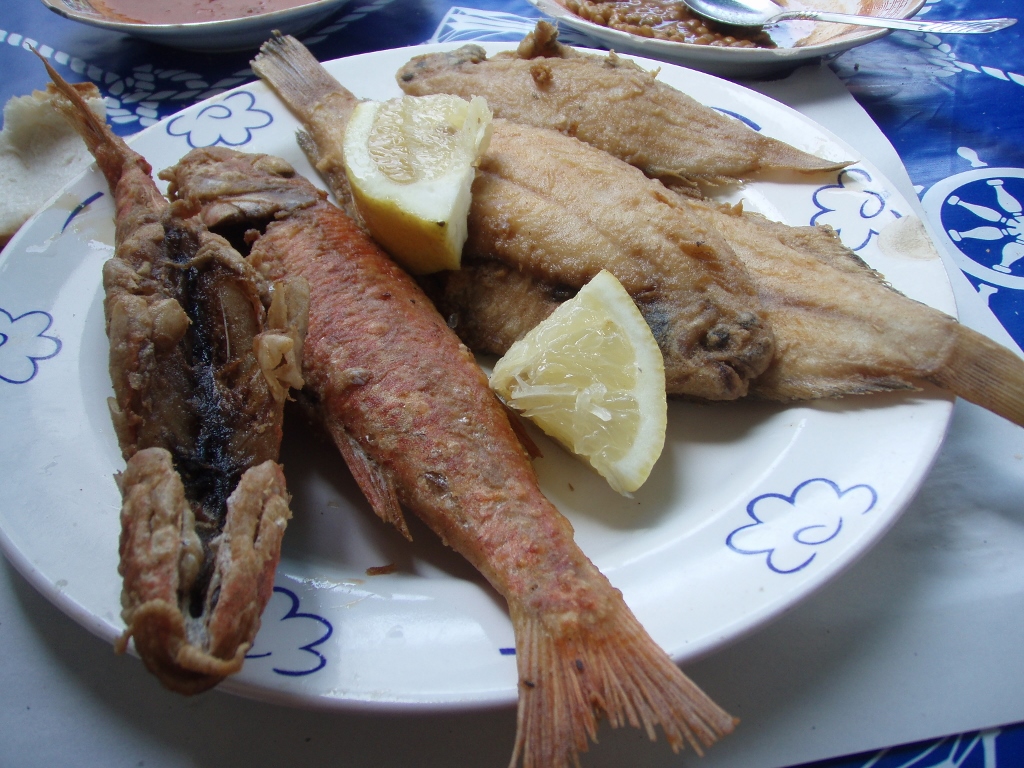 Lunch at the Central Marketplace in Casablanca
Lunch at the Central Marketplace in Casablanca
The main advantage of this lunch at the Central Marketplace was that it was quite close to my hotel, so after eating I went back to my room to wash my hair and take a short nap, knowing the night ahead would be tough.
In the early evening, I went out for a little more walking, then decided to be a bit “naughty” and sat down at a café – outside, at one of the tables on the sidewalk. Of course, no scandal broke out and nothing happened, except that I enjoyed myself and had a coffee.
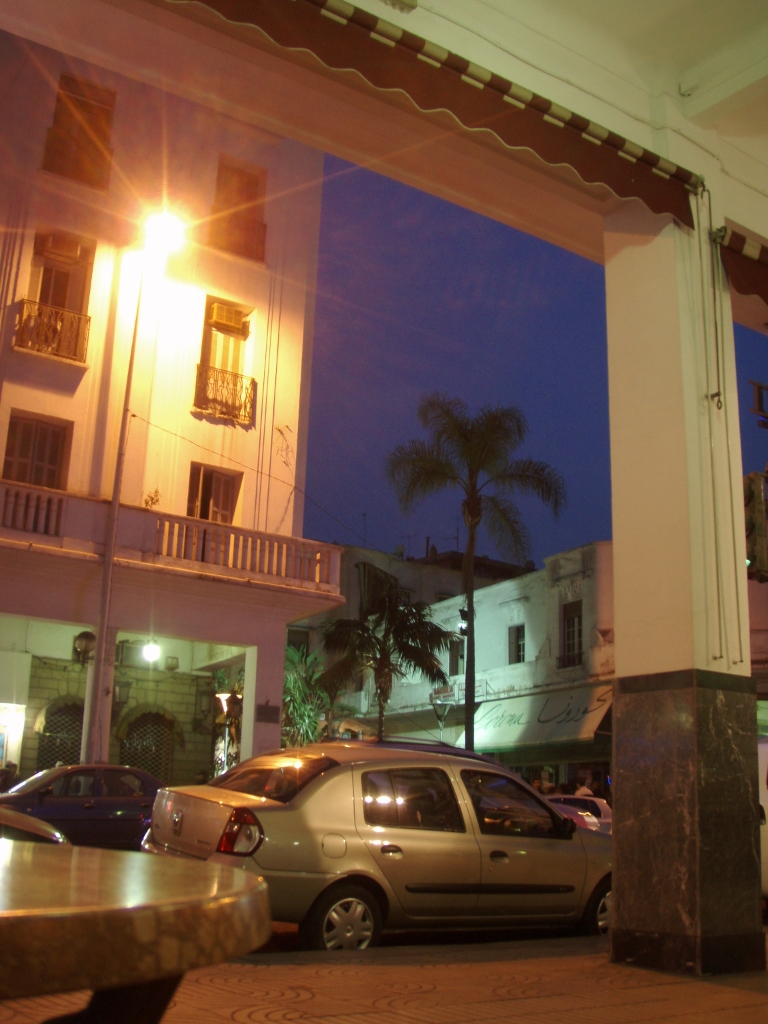 Casablanca, a detail
Casablanca, a detail
As for the coffee, I ordered a “nous nous” coffee, which means half coffee, half milk – just like they traditionally like to drink it in Morocco. I didn’t take a photo of this coffee, but it was similar to one I had in Ouarzazate, so here’s that photo again.
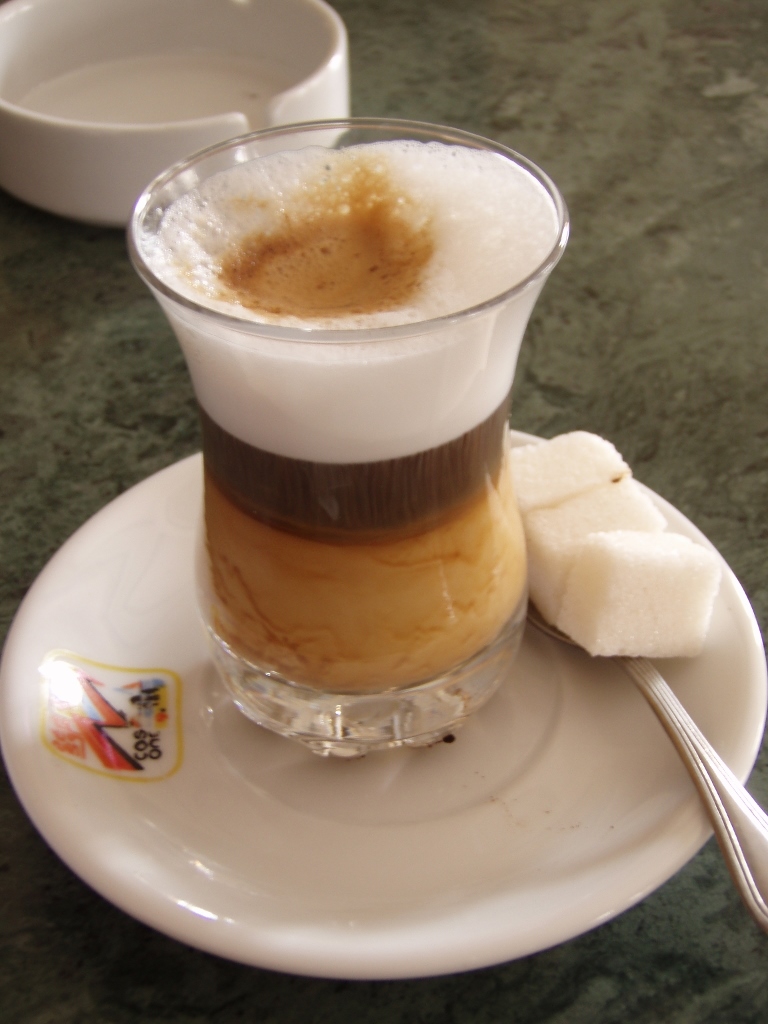 Casablanca, a detail
Casablanca, a detail
Afterwards, I walked a bit more through the pedestrian zone, got some pastries and enjoyed the final moments of my stay in Morocco.
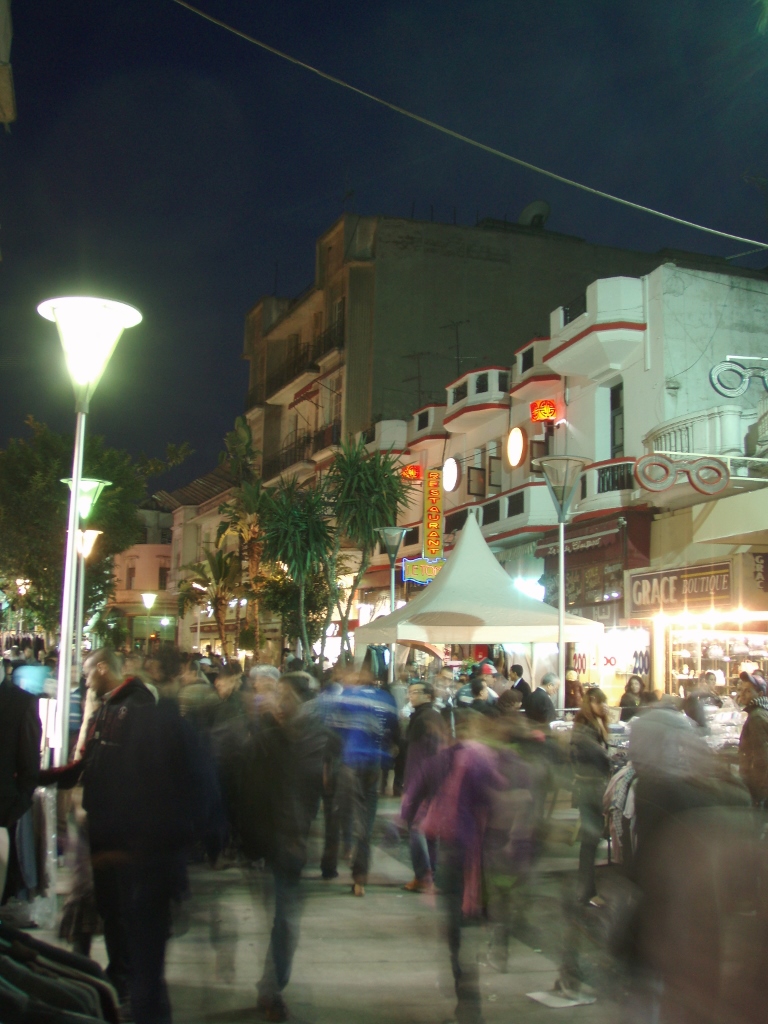 Casablanca, a detail
Casablanca, a detail
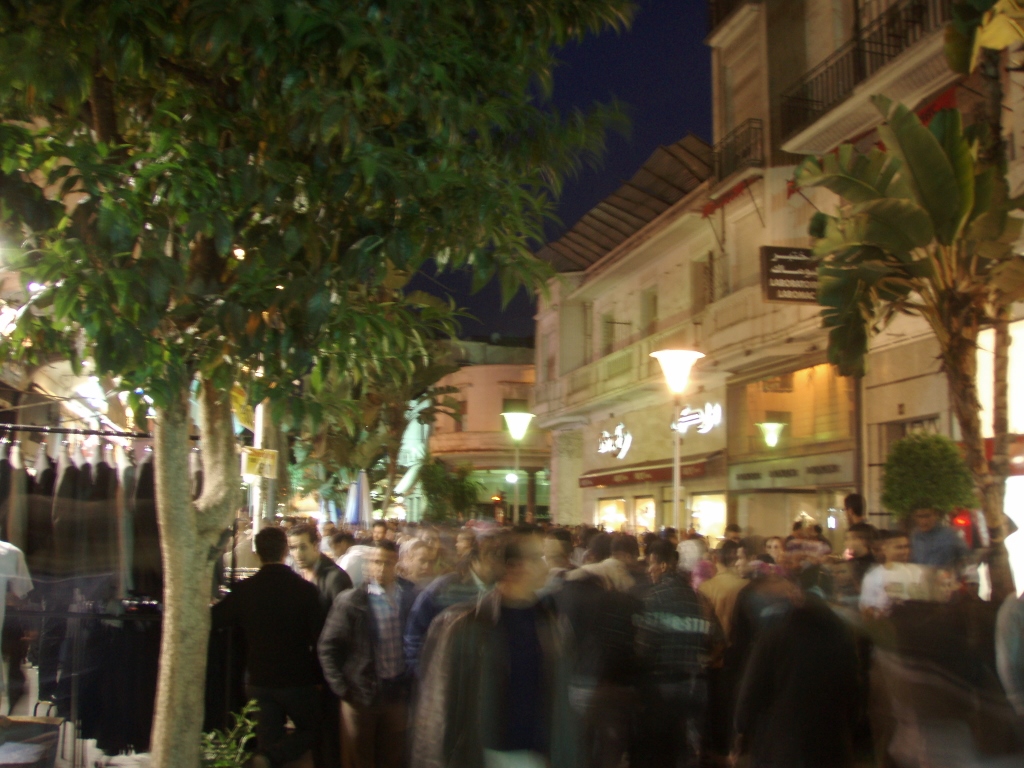 Casablanca, a detail
Casablanca, a detail
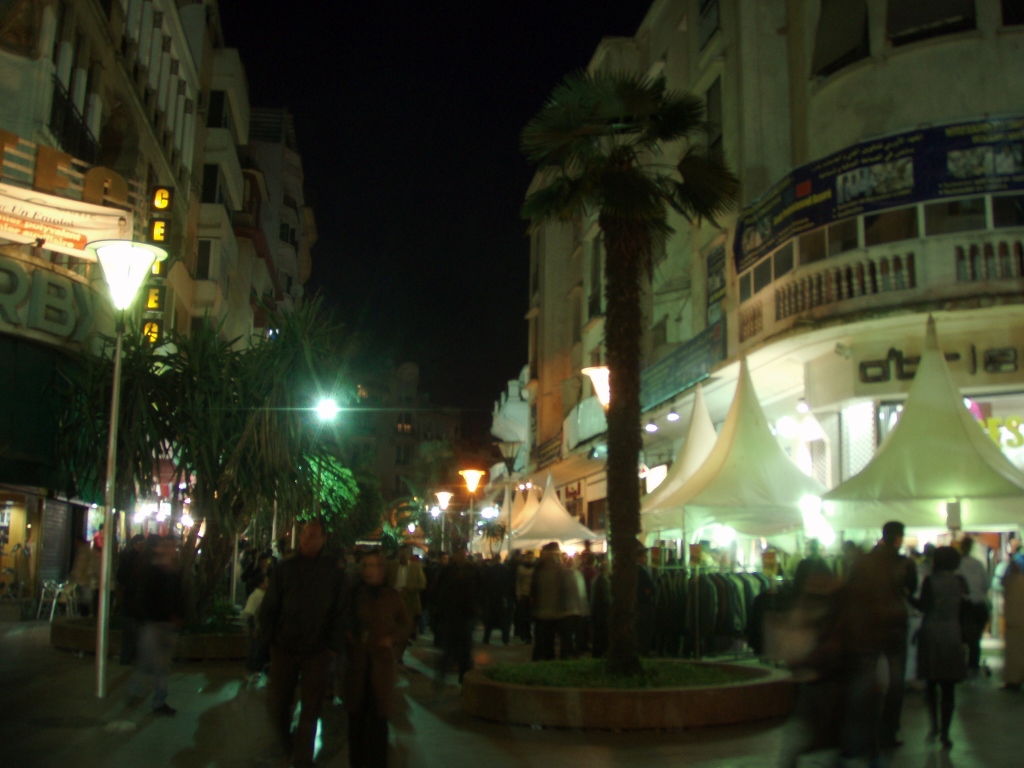 Casablanca, a detail
Casablanca, a detail
A little later, I returned to the hotel and finished packing, then around 9:15 PM I left. To make things easier for myself, I decided to take the last train to the airport that evening (at 10:07 PM). That meant a good half hour of waiting at the train station and a few hours of waiting at the airport (longer than usual), but it was still simpler for me than worrying about a taxi or timing later on.
On the other hand, since I had already been to the airport to pick up the backpack that had been delayed, I was practically familiar with the airport areas important to me, so I found my way very easily.
As with my arrival, I flew via Rome and by the next day before noon I was back home.
I have to say that I felt a bit sentimental on my last afternoon in Morocco during this trip. Although Morocco is a large country with plenty to see and visit, I was relatively efficient and managed to see most of the major cities and places considered worth visiting – and I even went to Spain!
Of course, there’s always more to explore and do, but overall, I was pleased with what I accomplished. Here’s a map as a reminder of what I visited and how much of the country I covered on this trip:
And yet, a wave of melancholy overcame me that last afternoon in Casablanca. Reflecting on the reasons, I realised I had no regrets about missing anything. I saw wonderful cultural monuments, old towns, fortresses, natural beauties, met incredibly kind and pleasant people, and even the long hours spent on intercity coaches were never boring – encounters with Moroccans were memorable, plus I enjoyed the beauty of the landscapes I passed through. So, every moment in Morocco was impressive in its own way. Perhaps because of all that, I relaxed so well in this wonderful country that in the end, I felt a little sad to leave it.
That’s how travel is: when we go to a place we love, there’s always sadness in leaving, but also a desire to return soon. Life, for various reasons, often doesn’t allow it, but I do hold on to the hope that I will walk the paths of Morocco again.